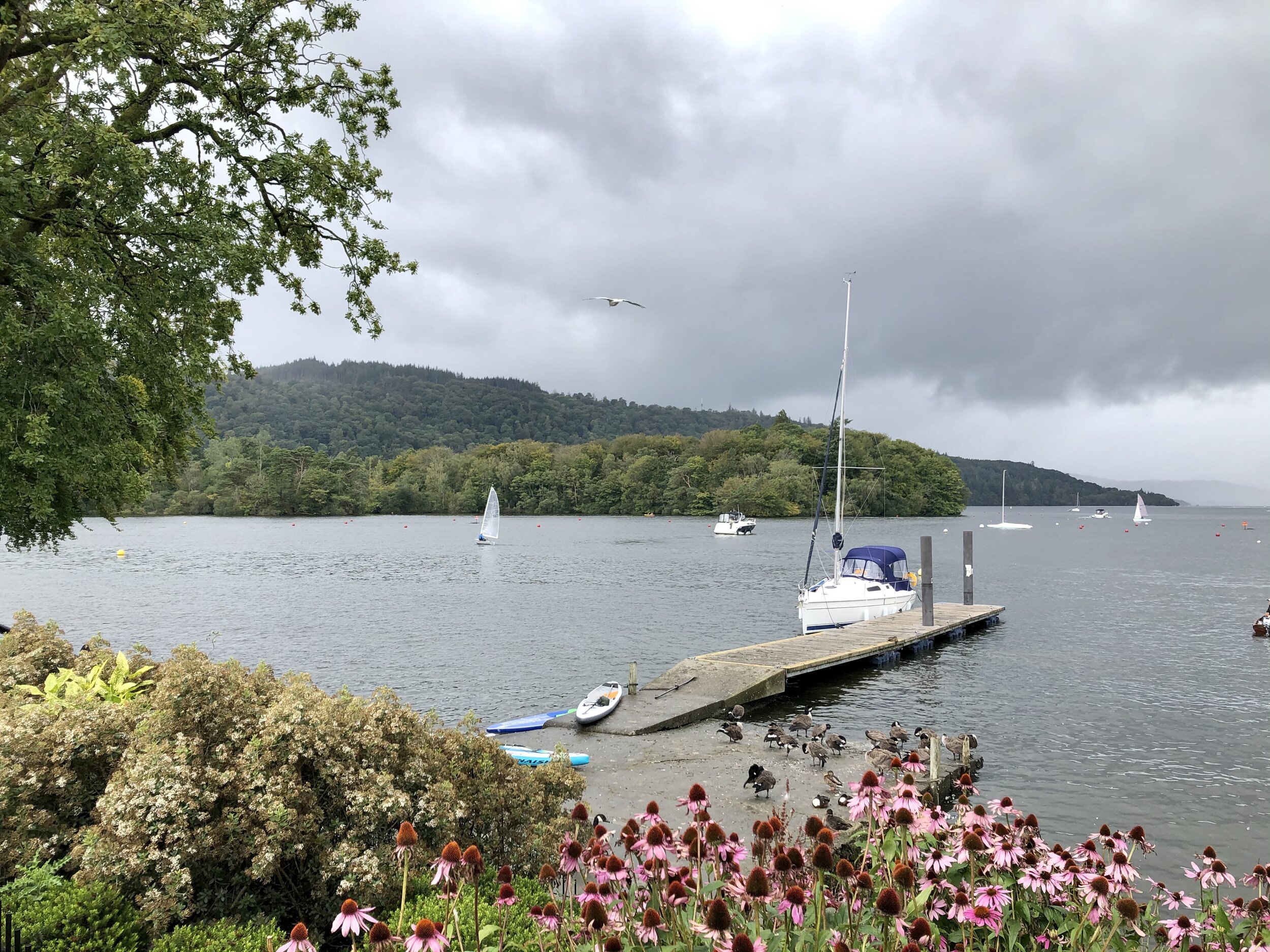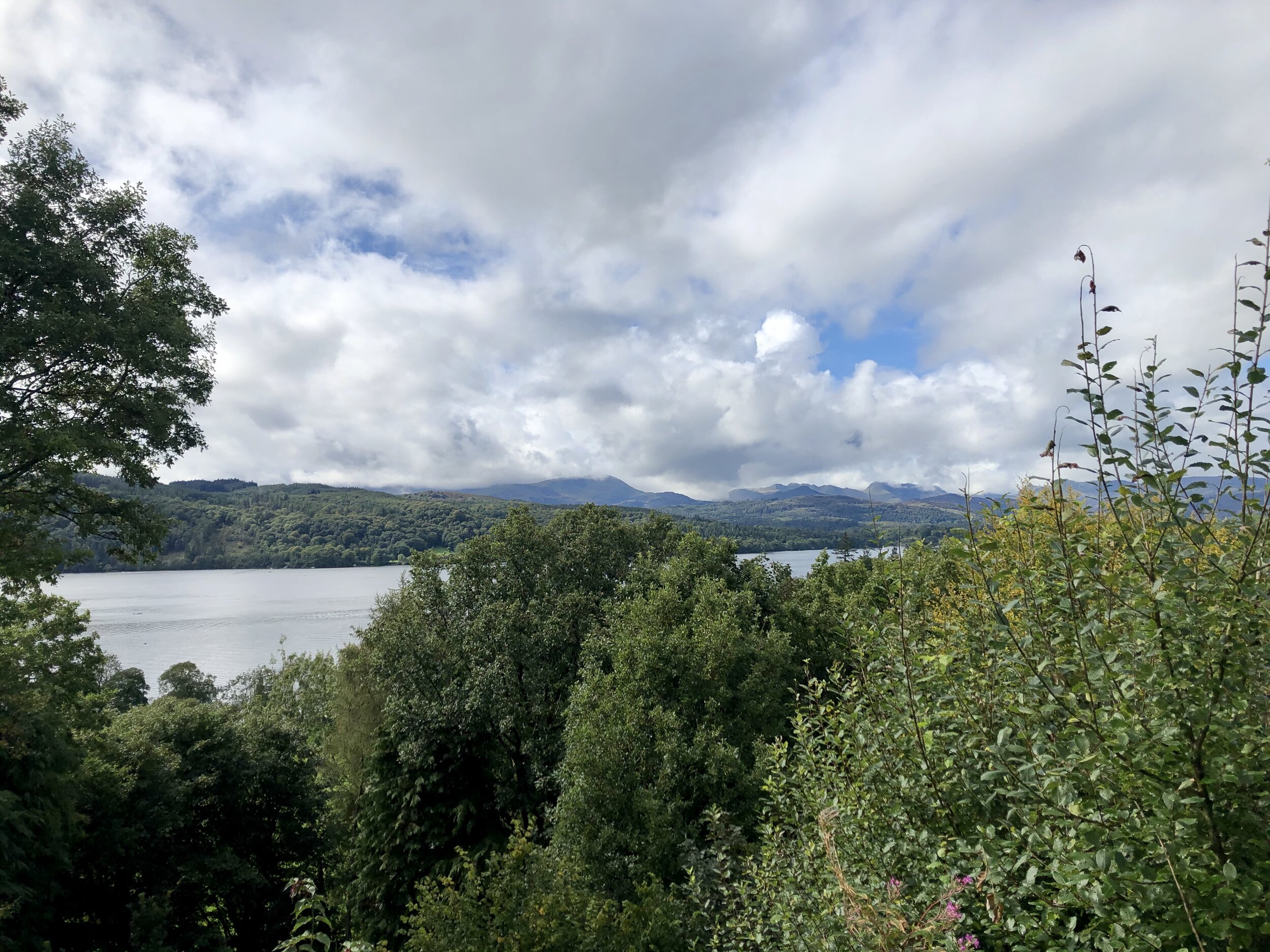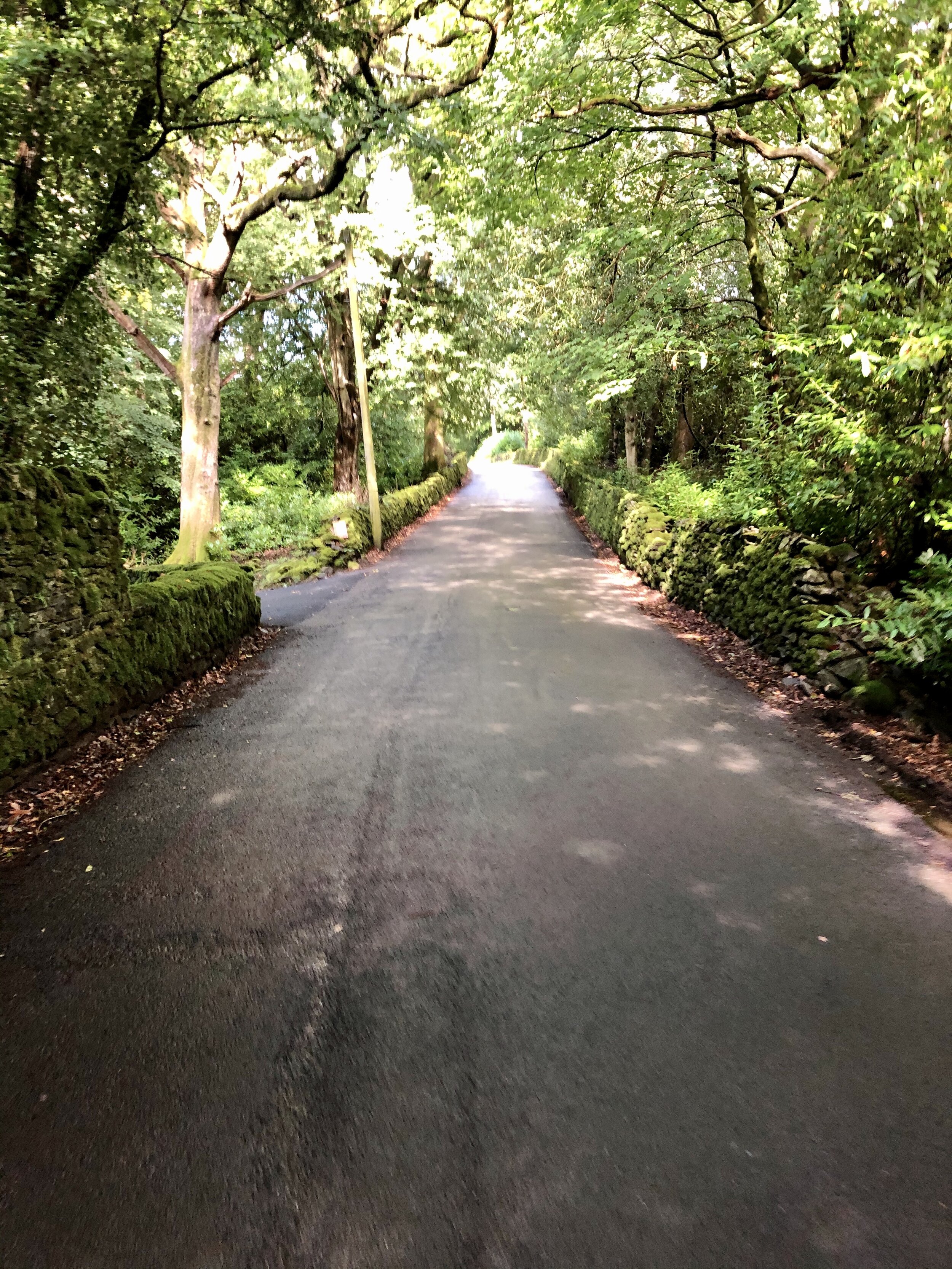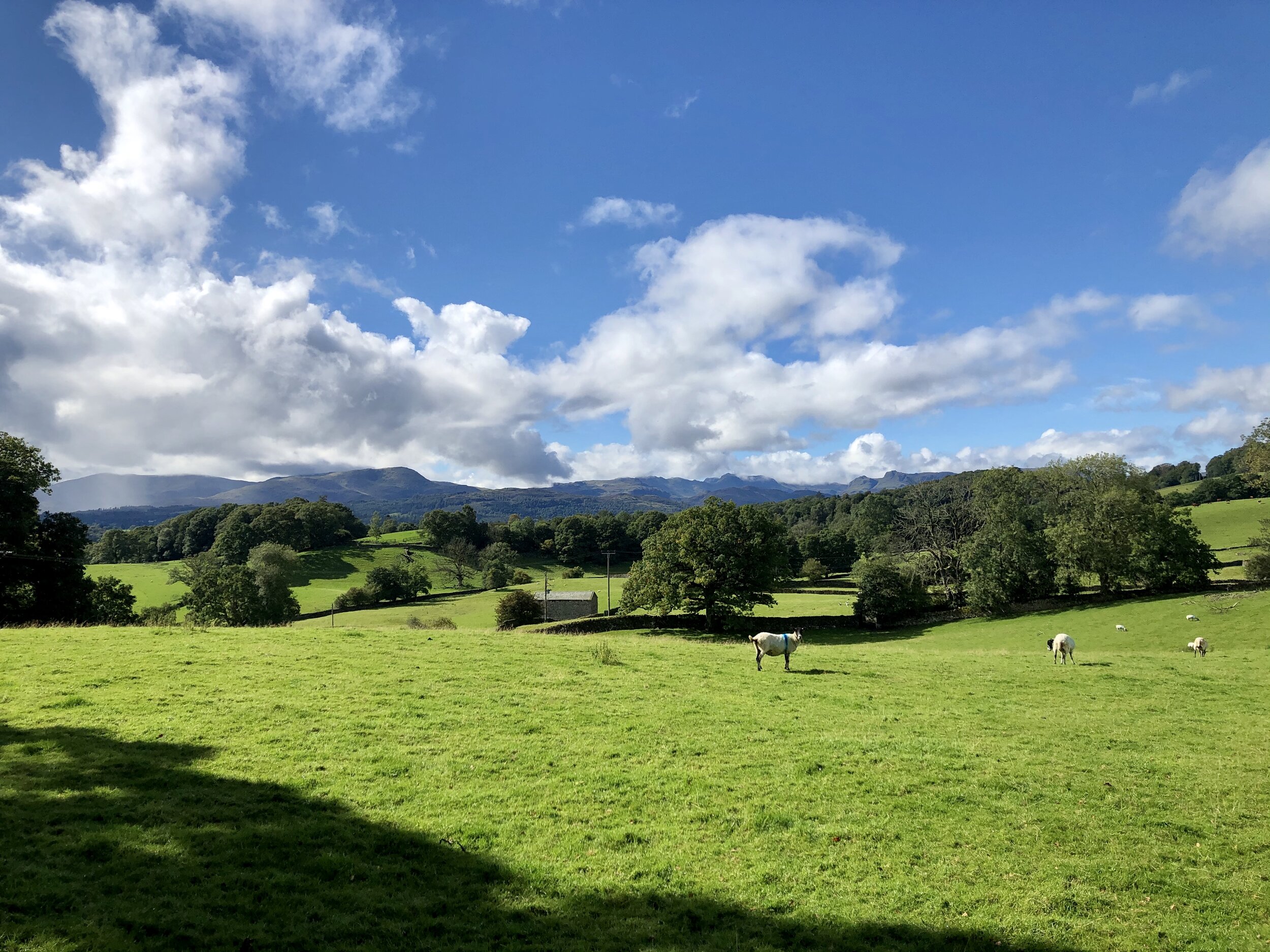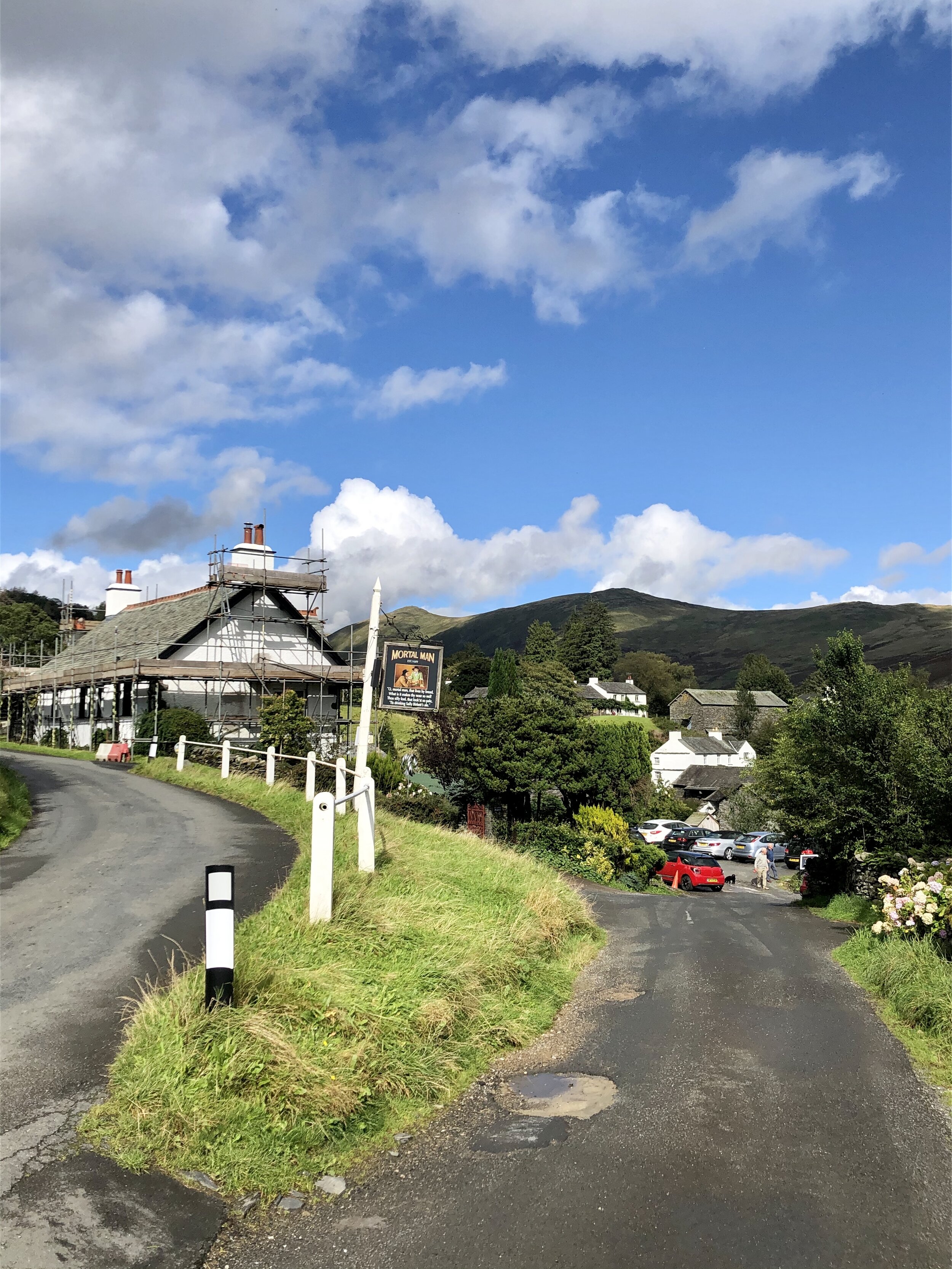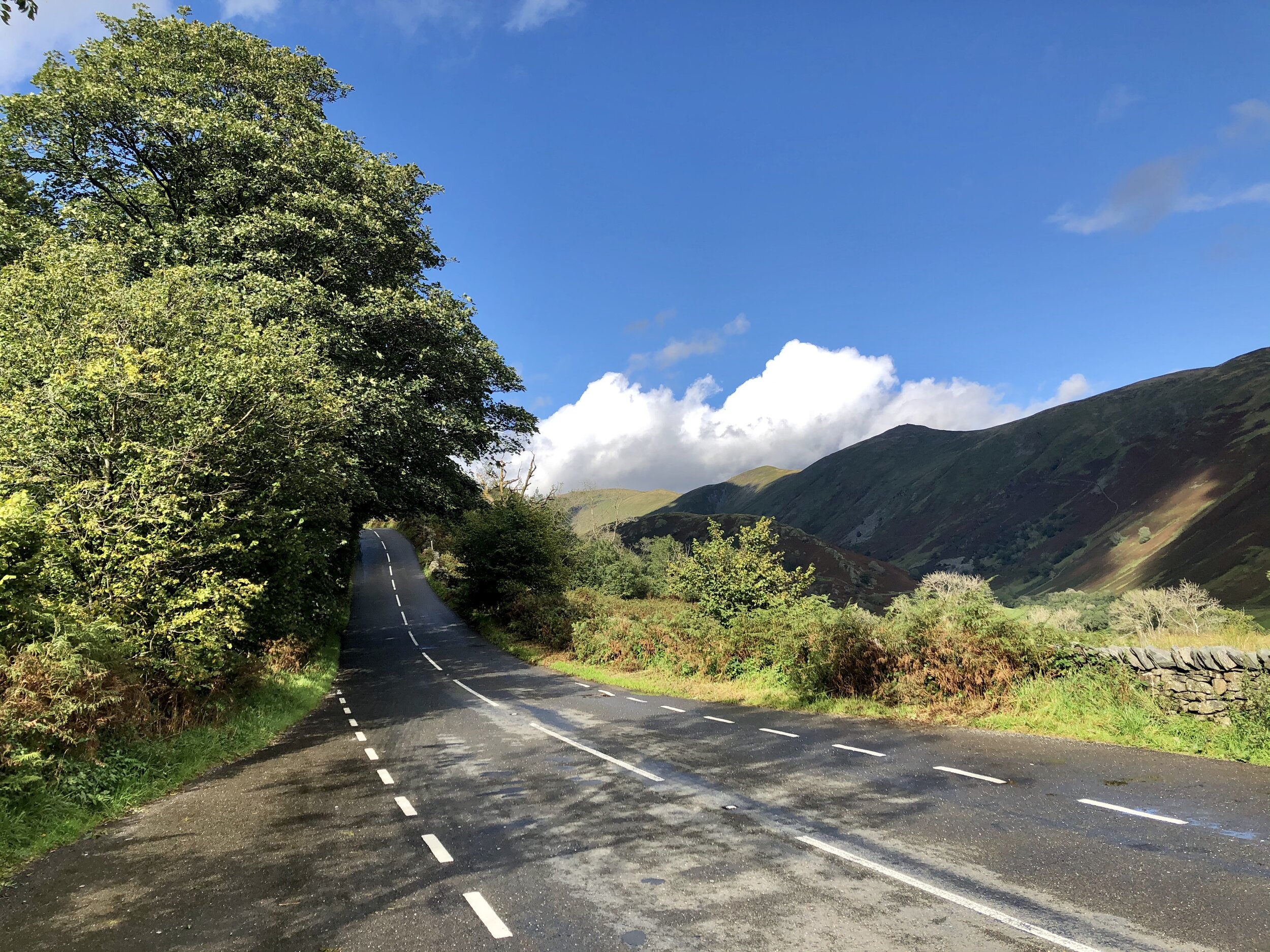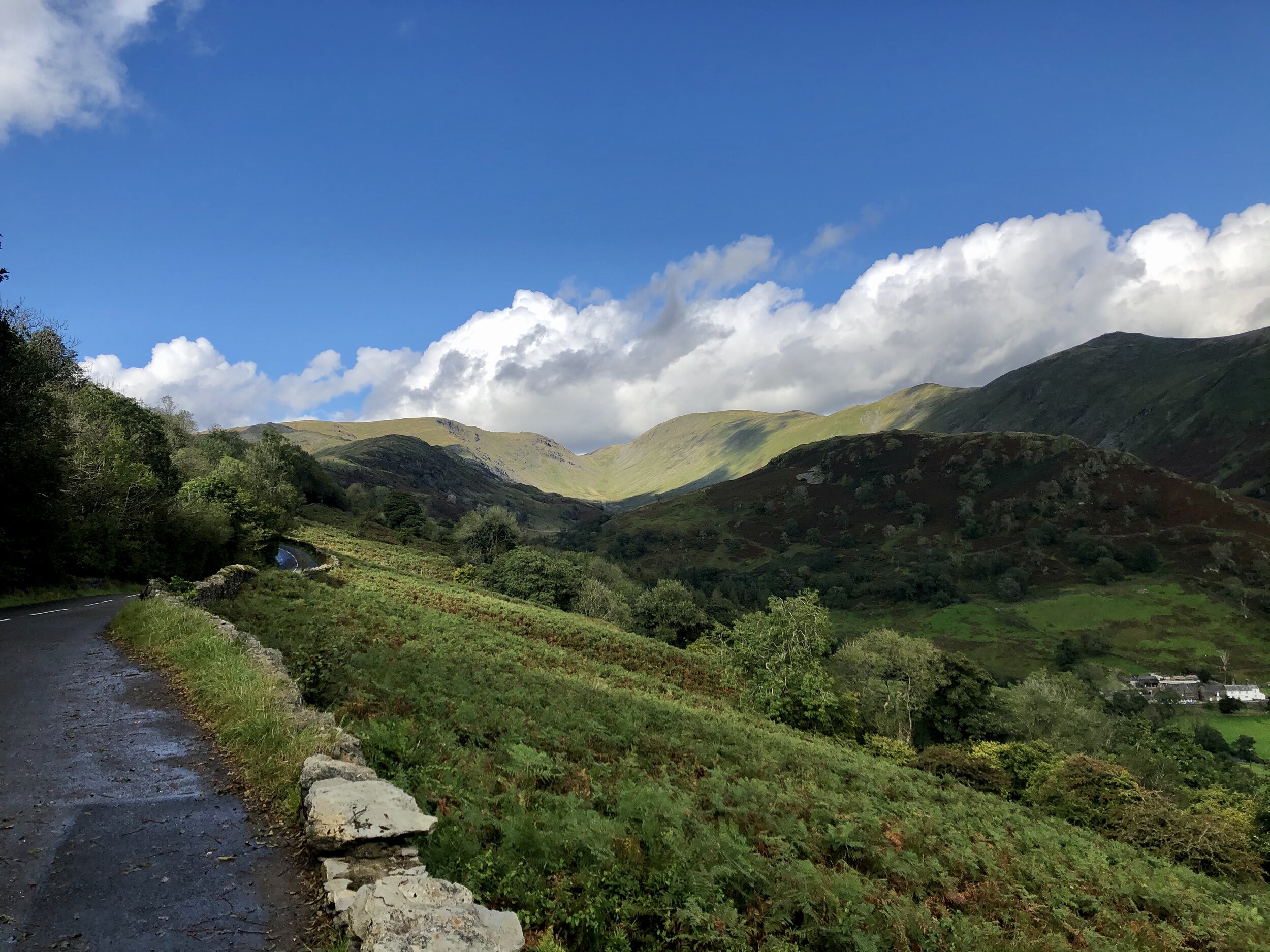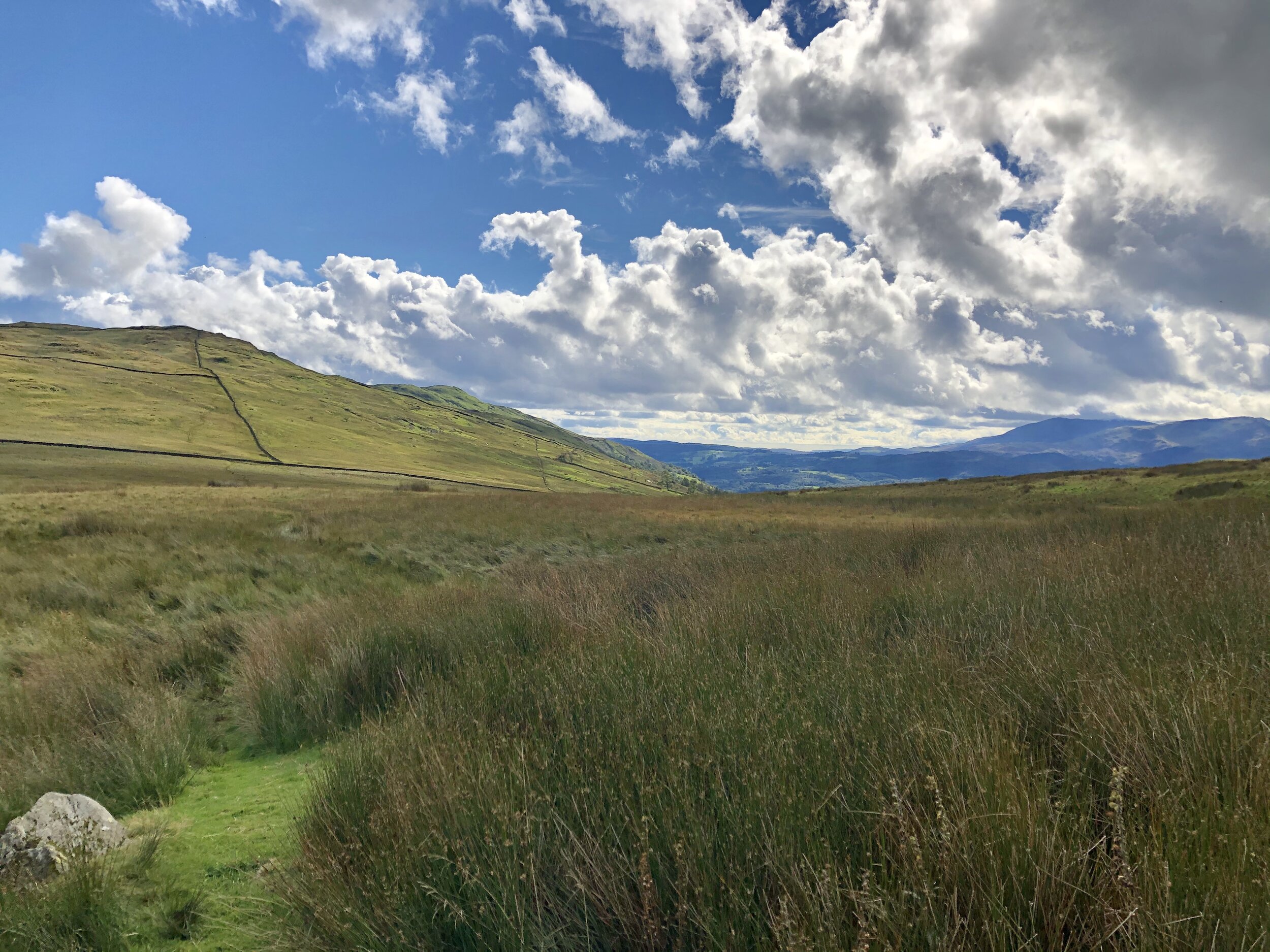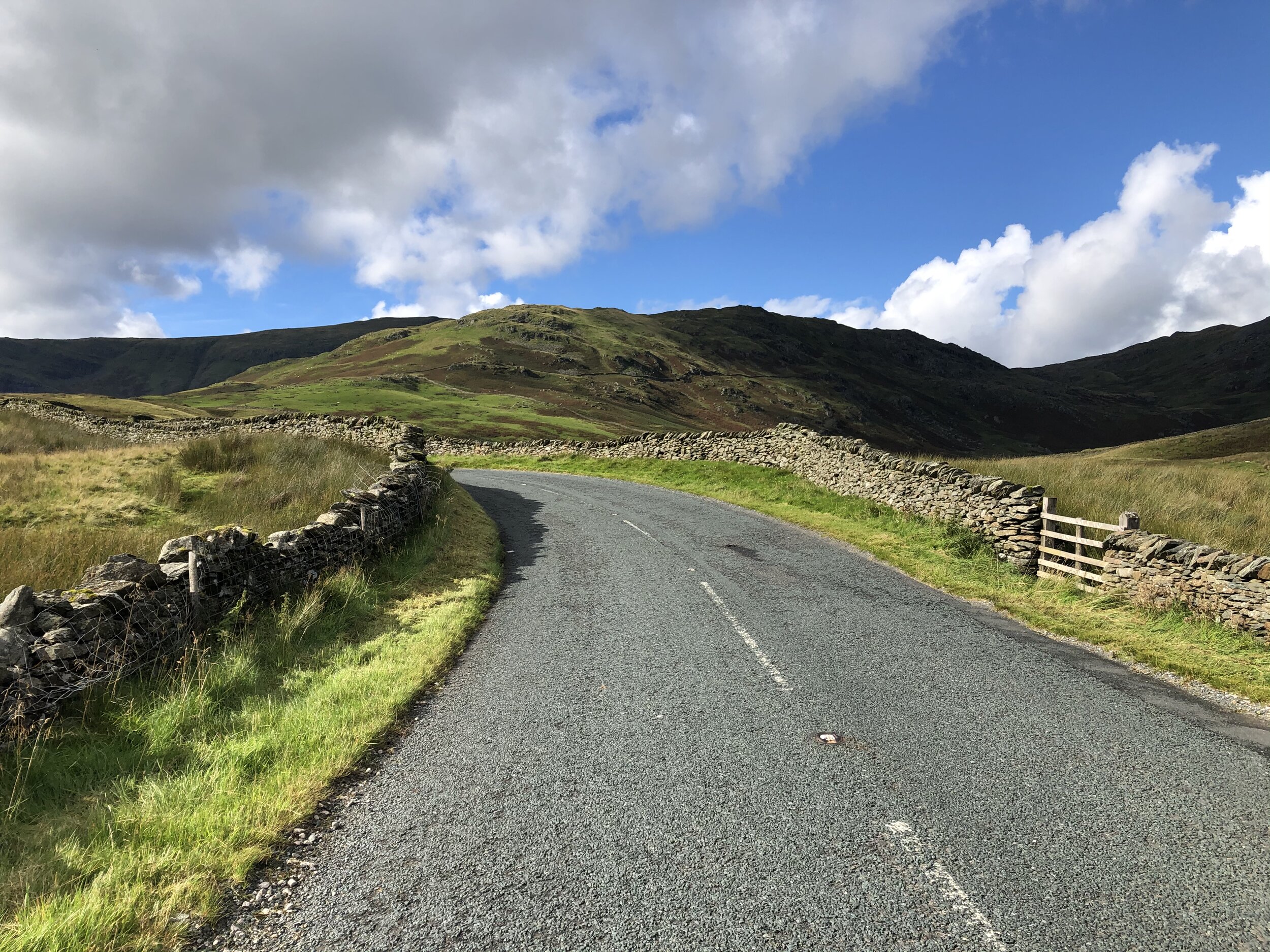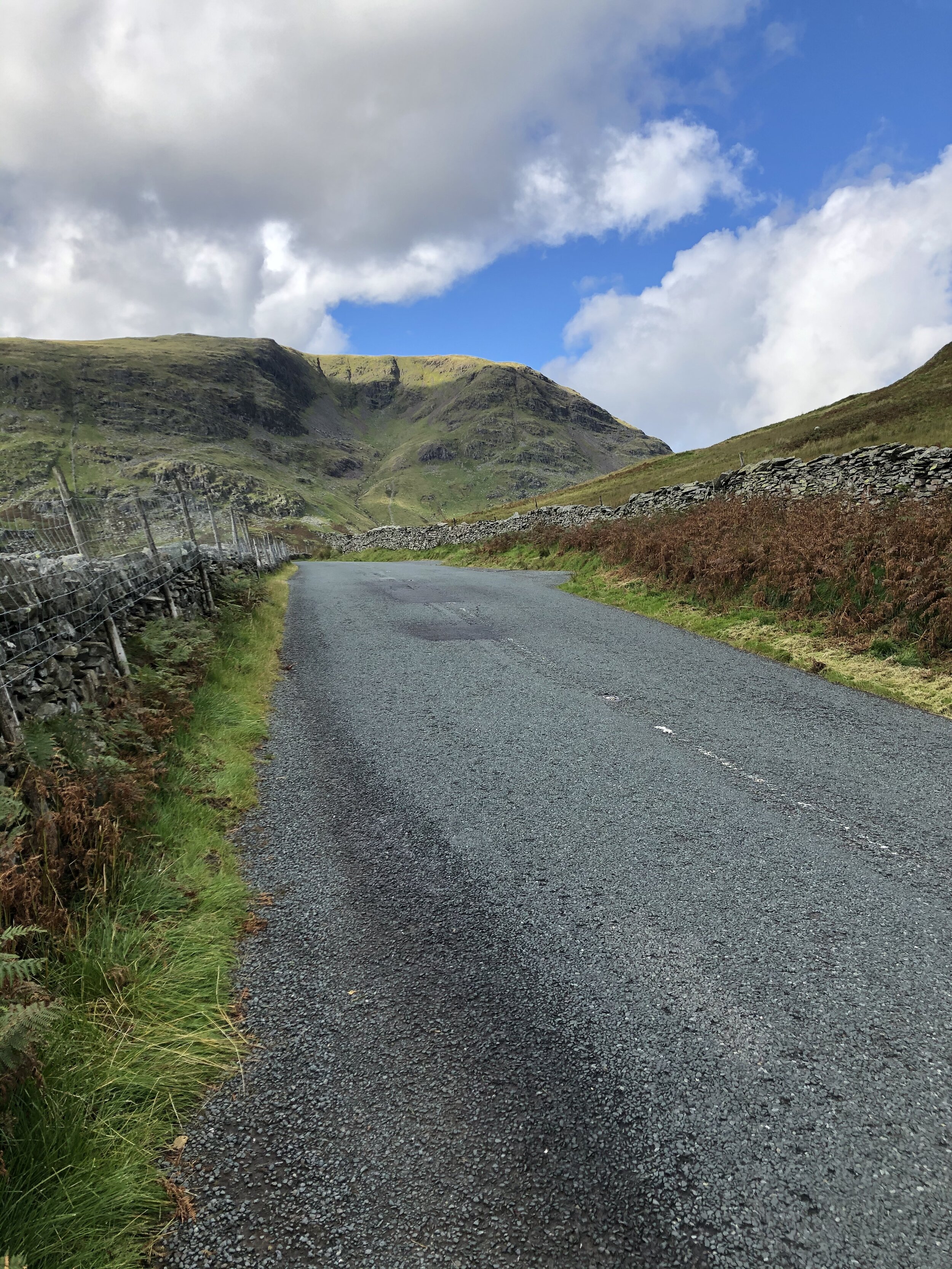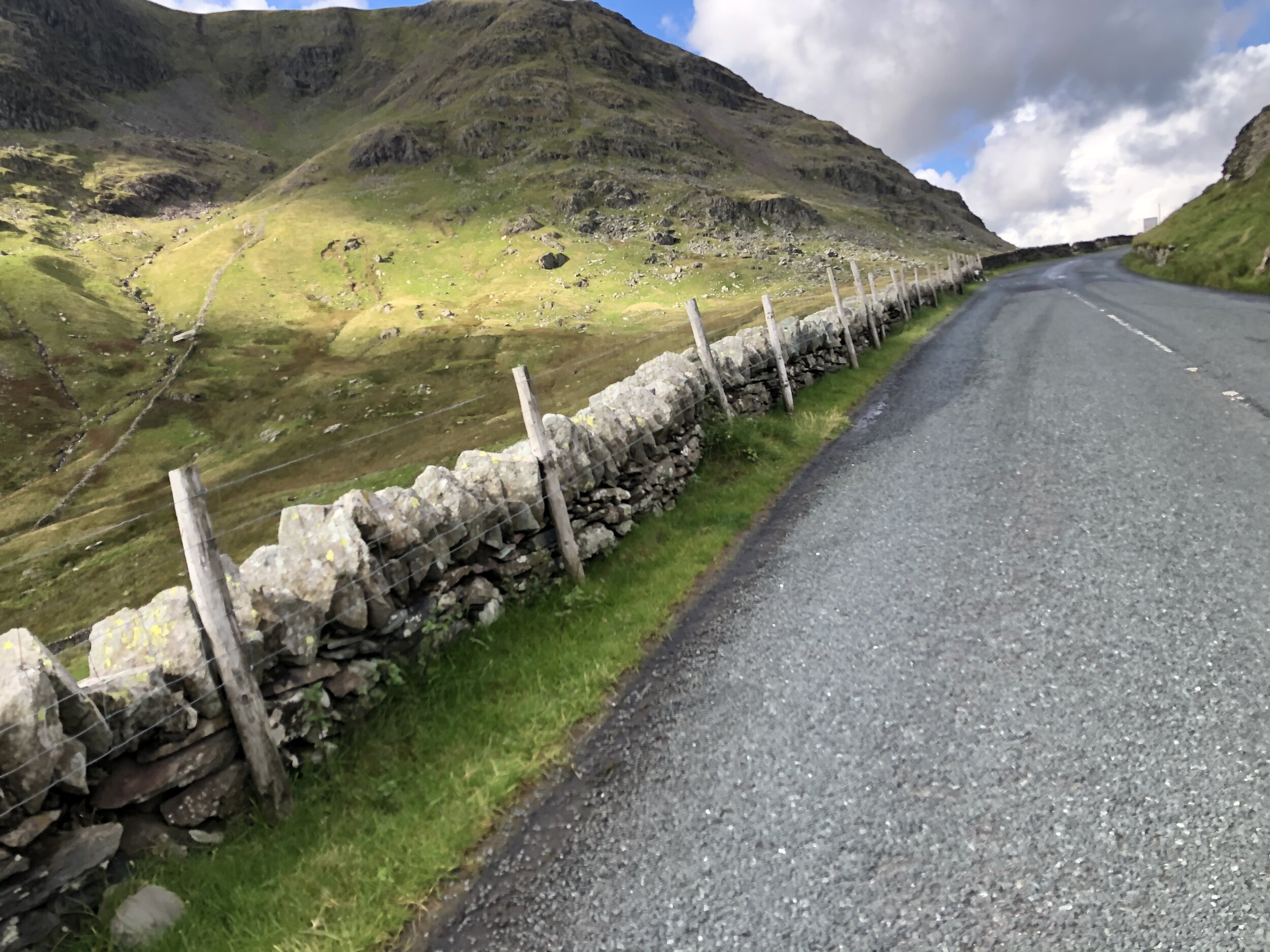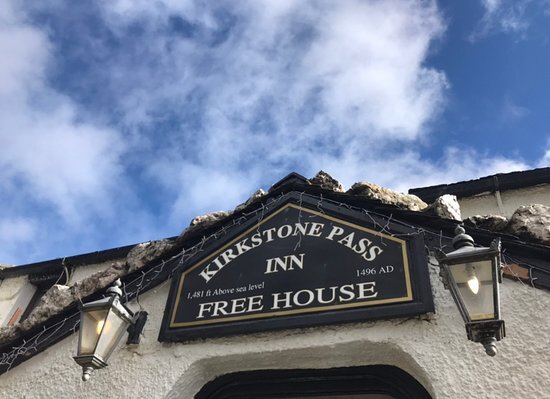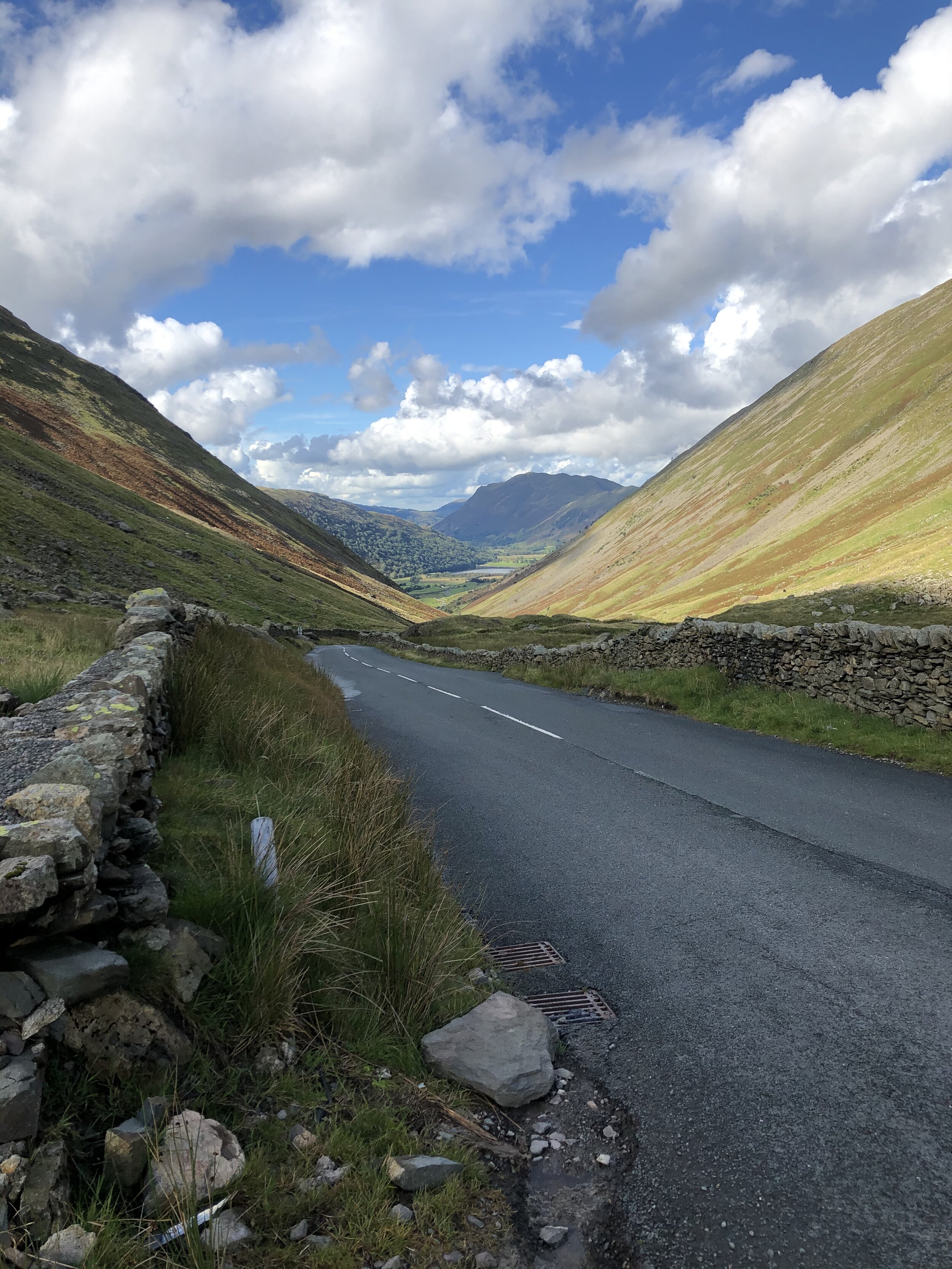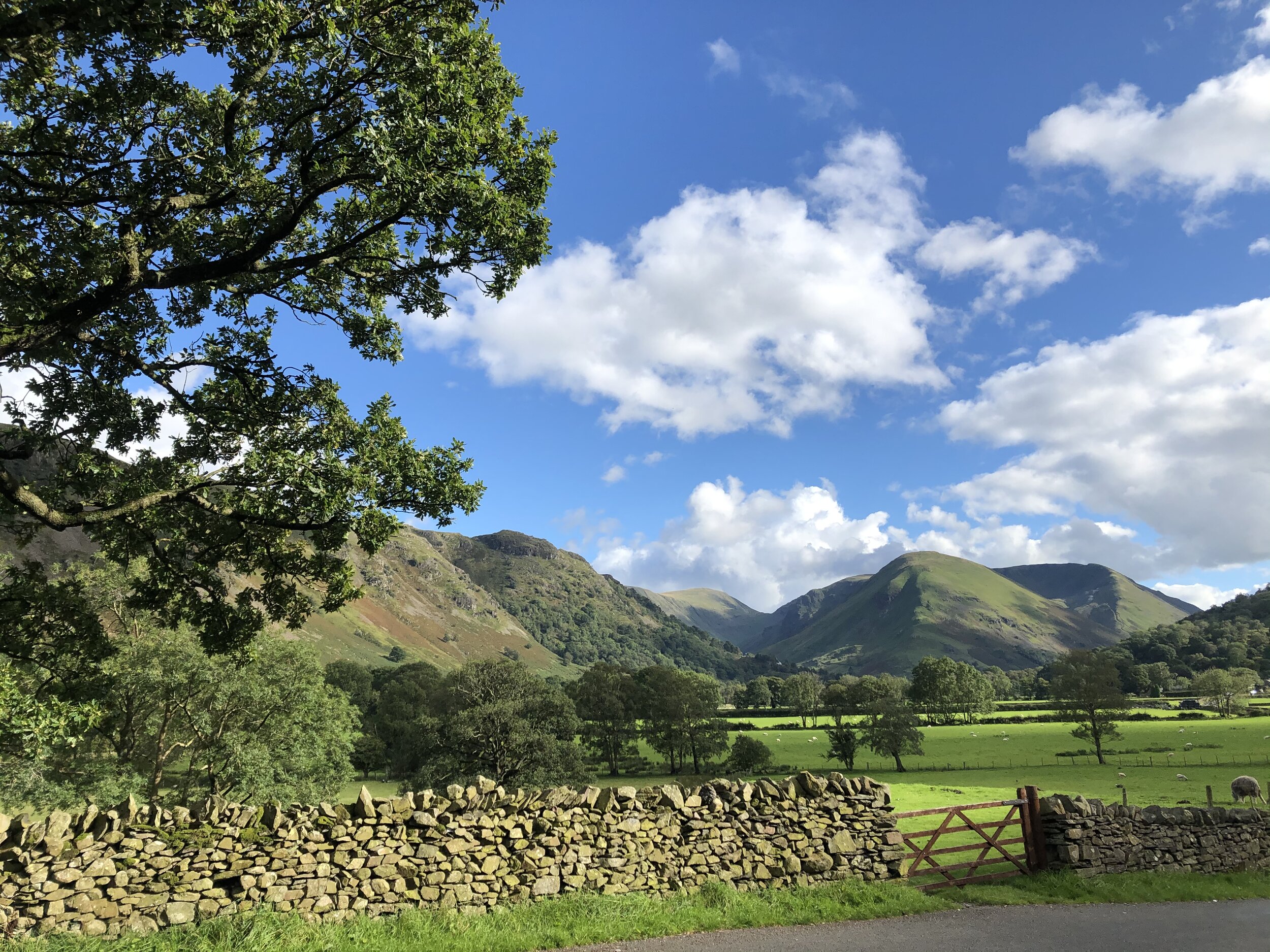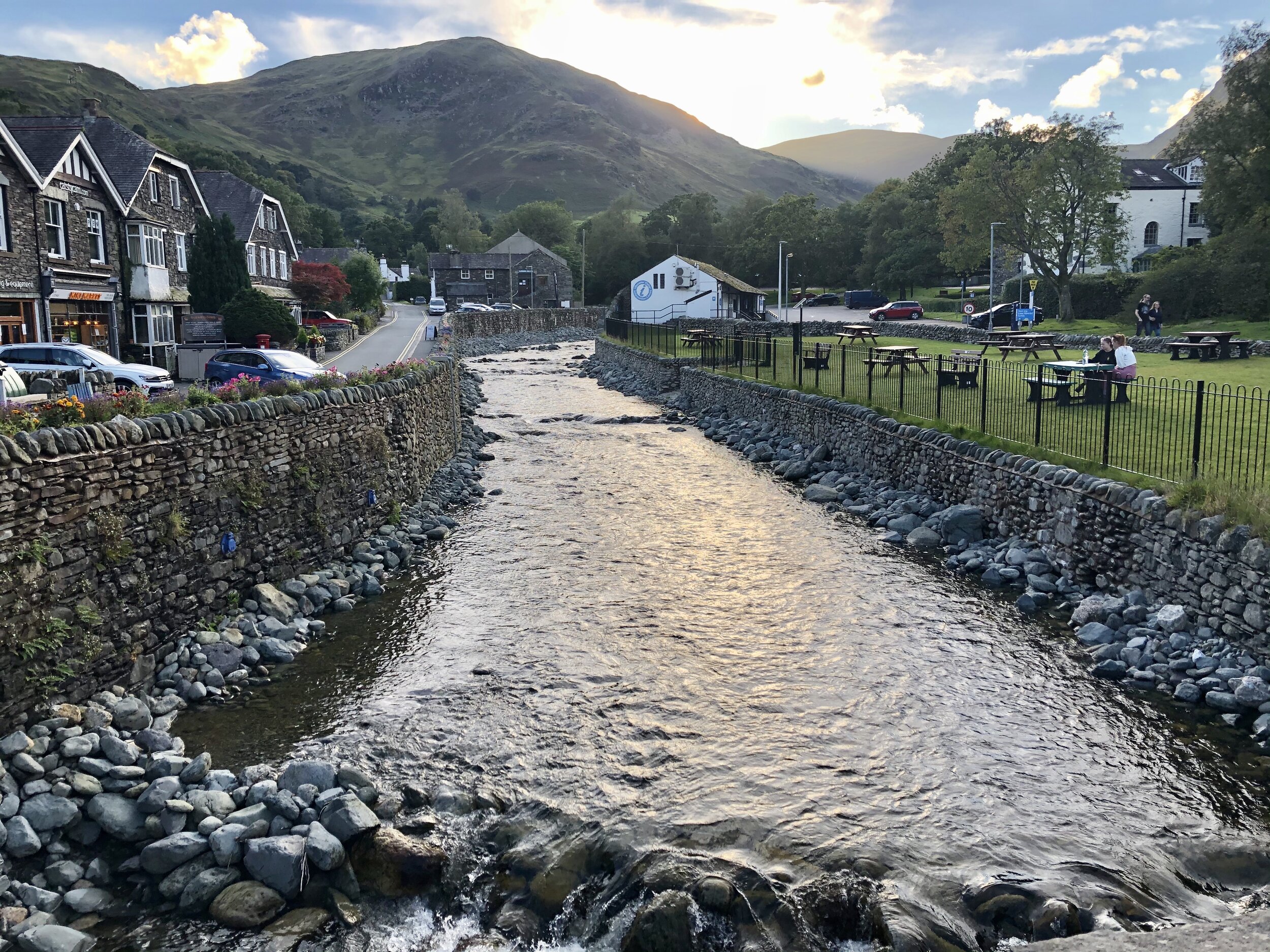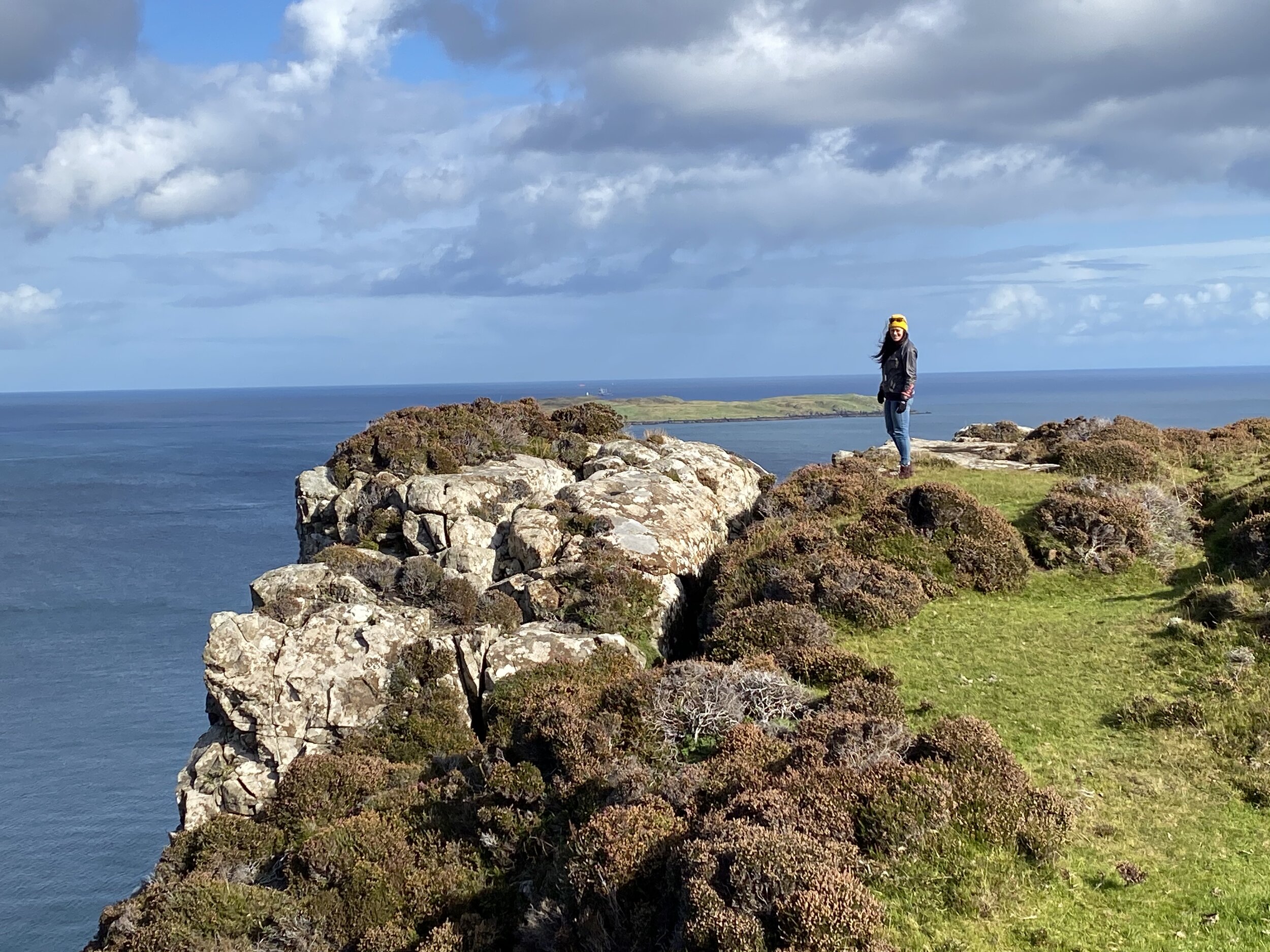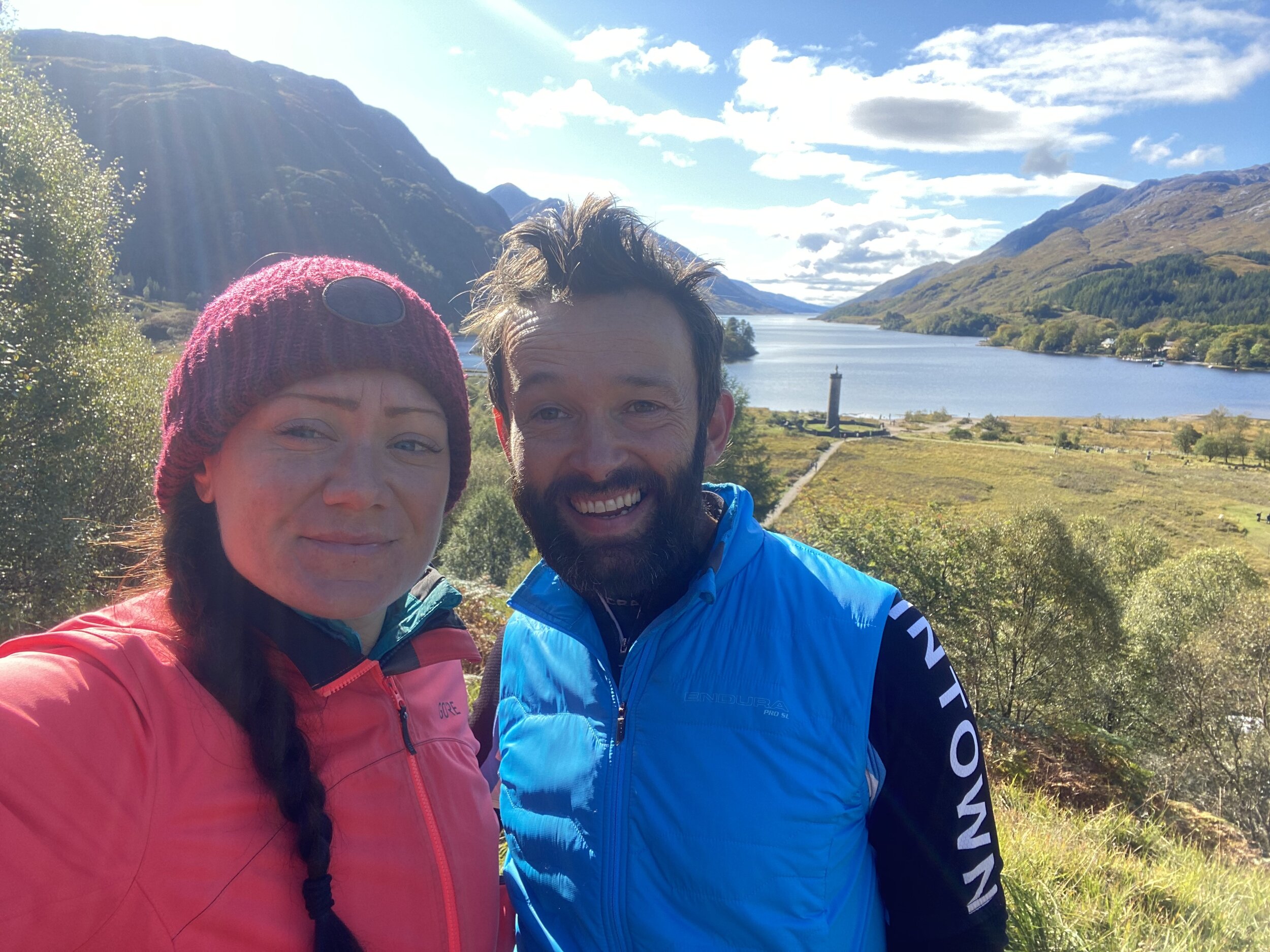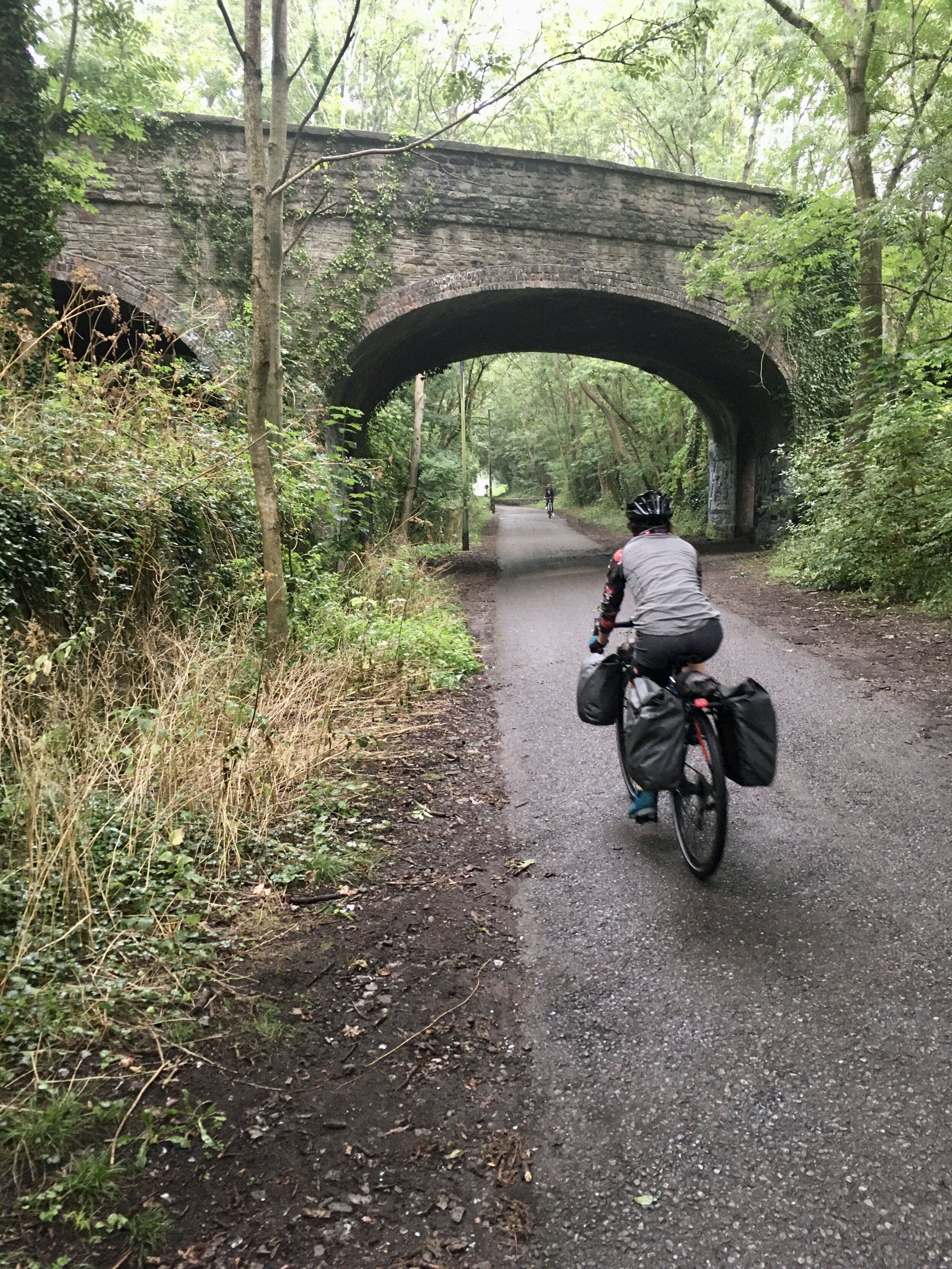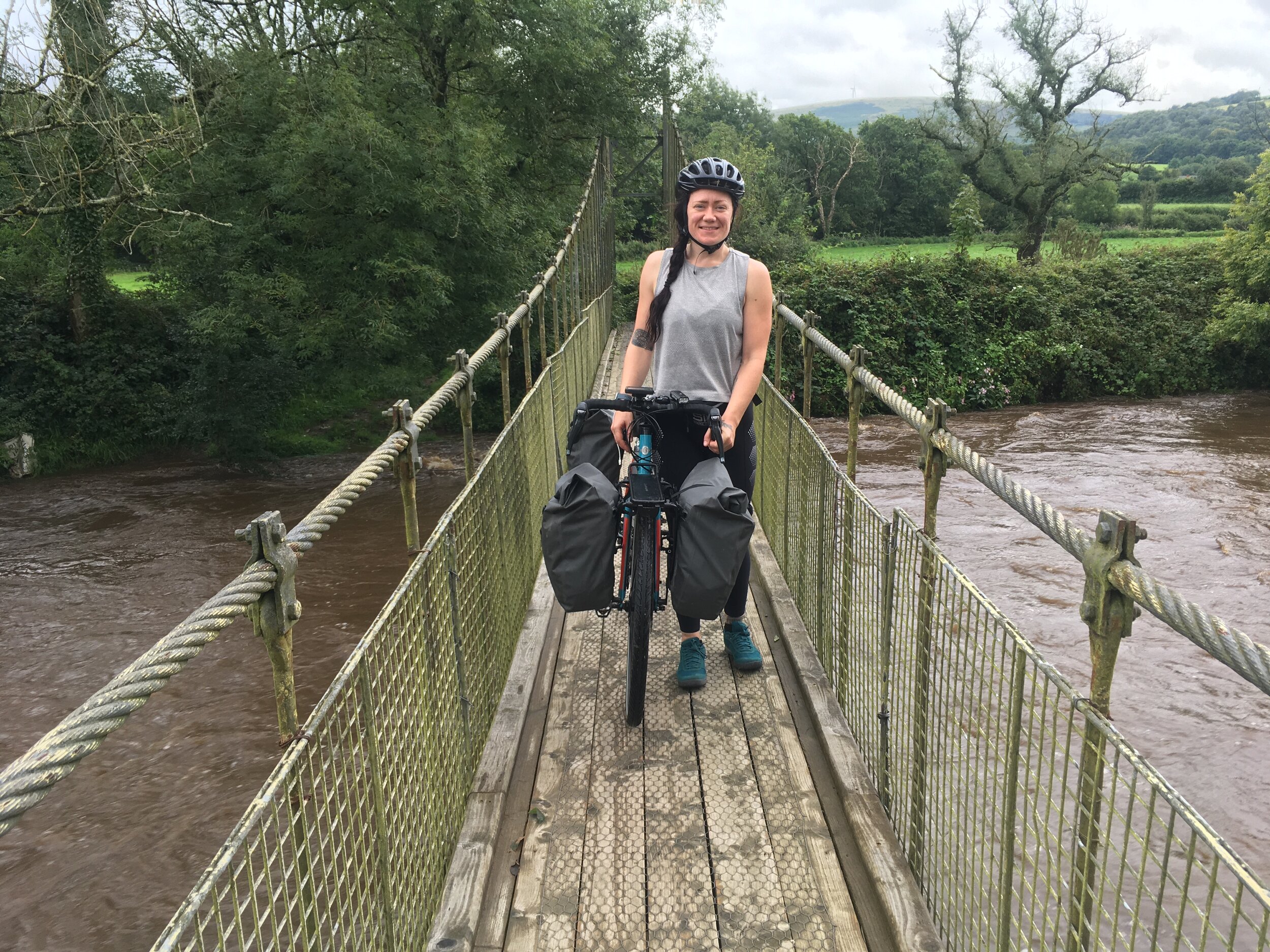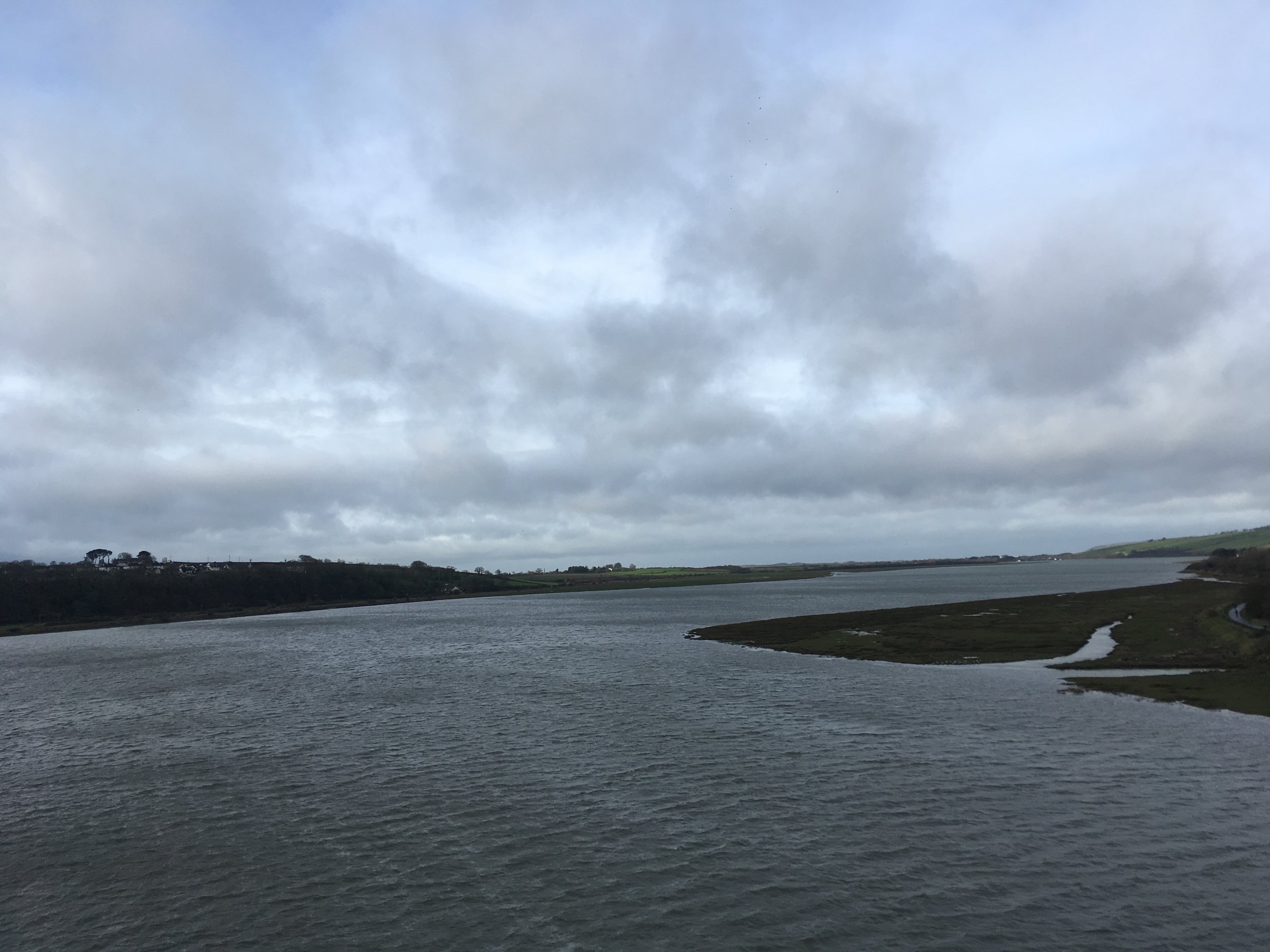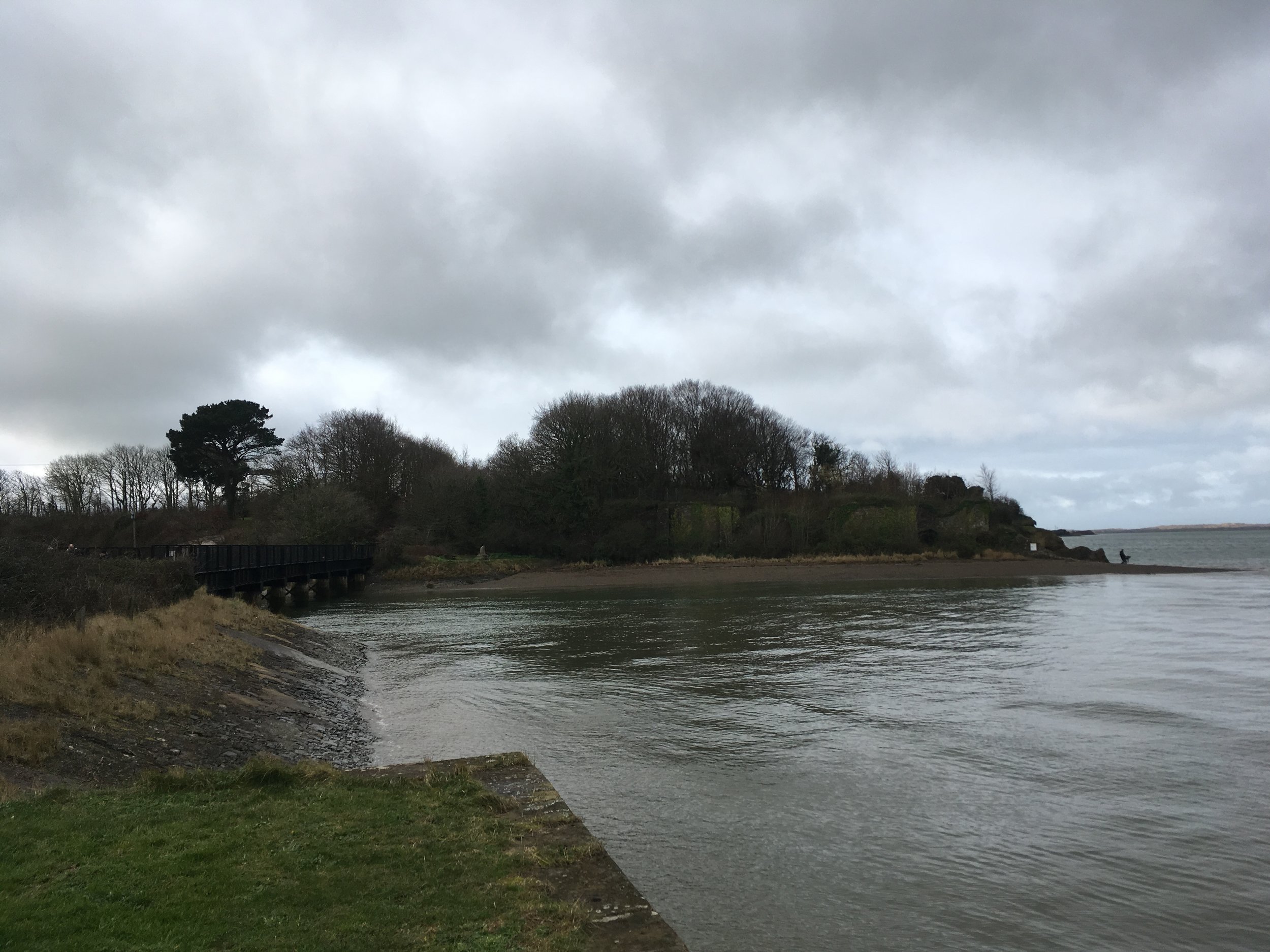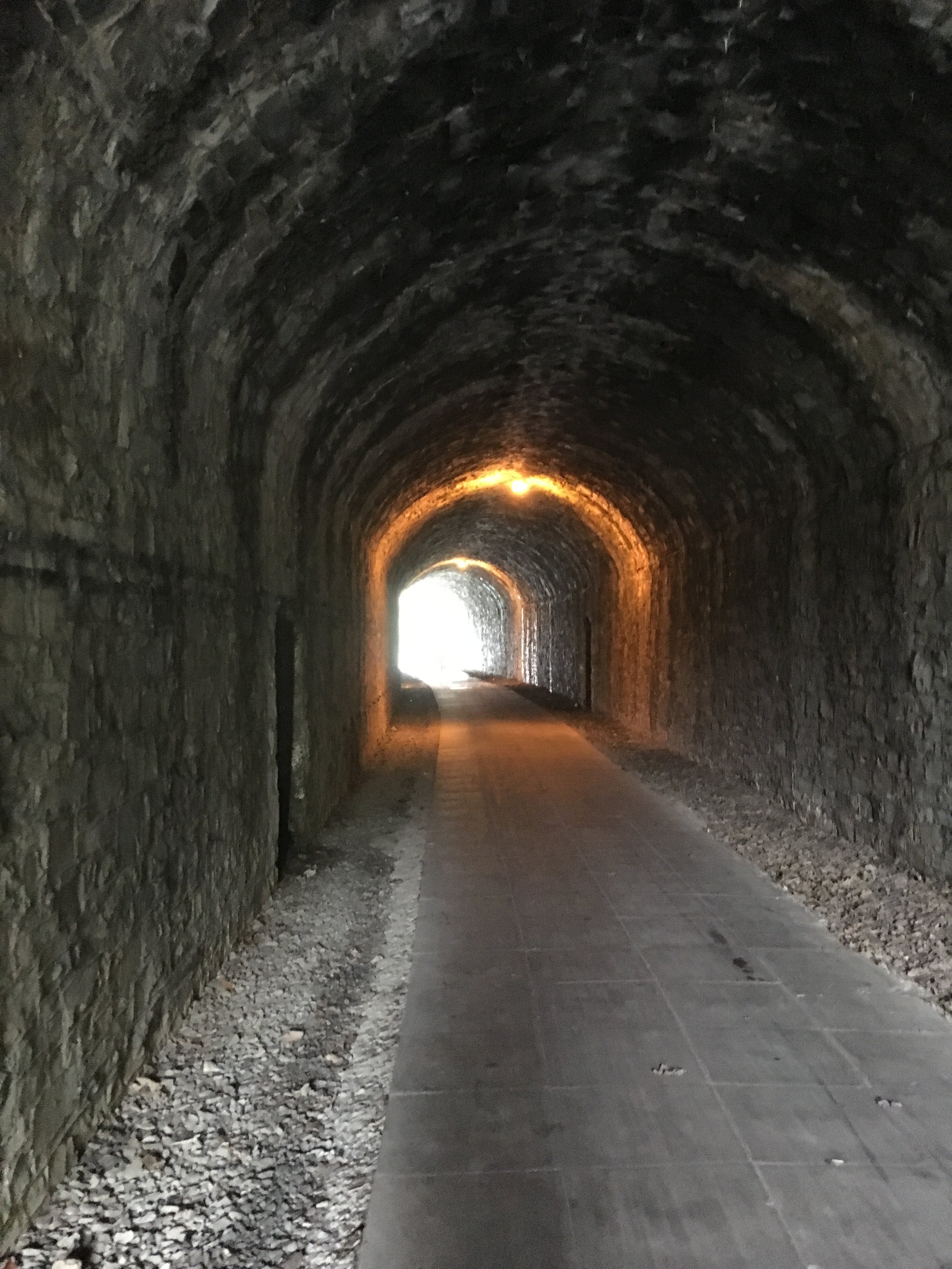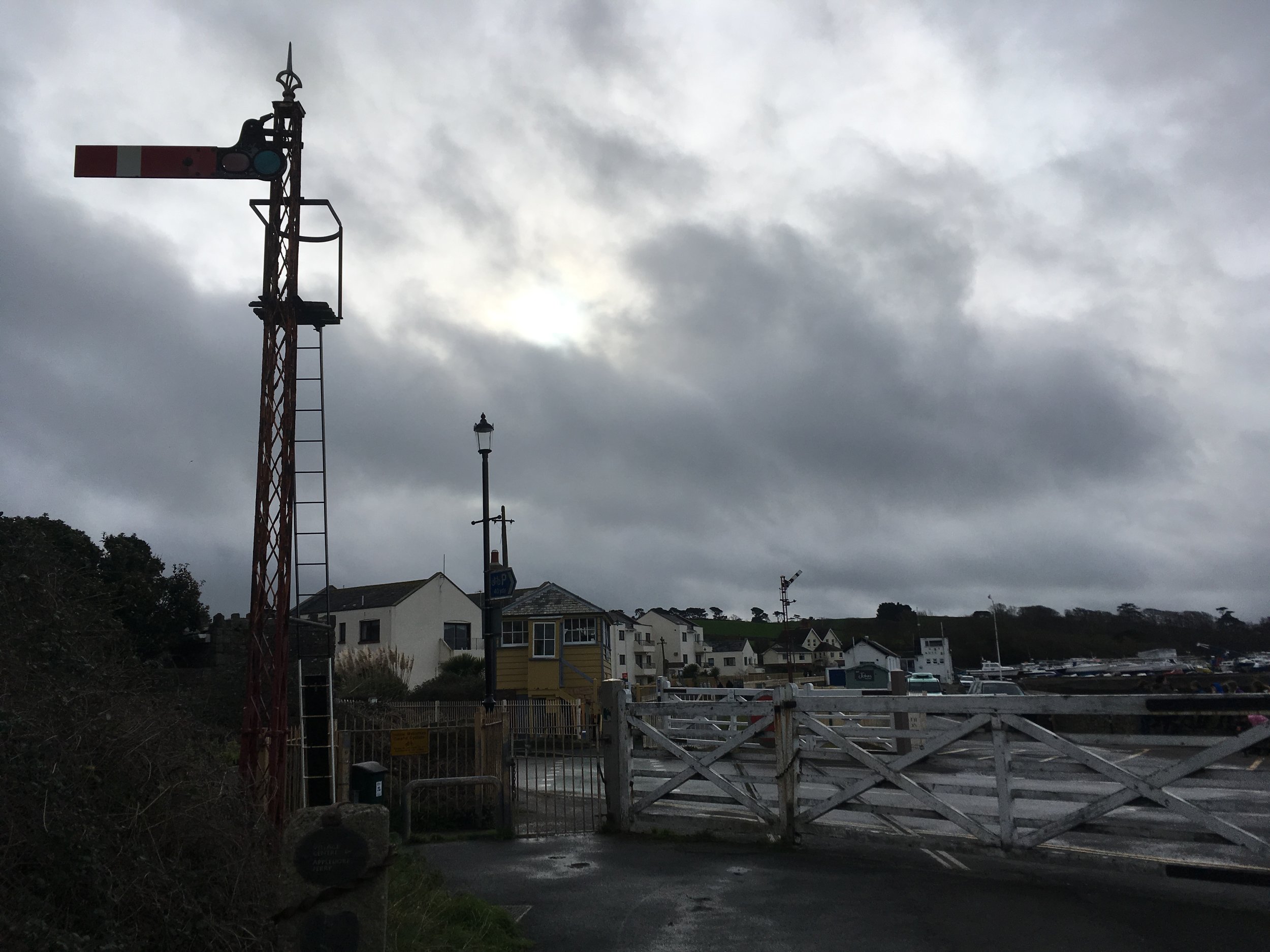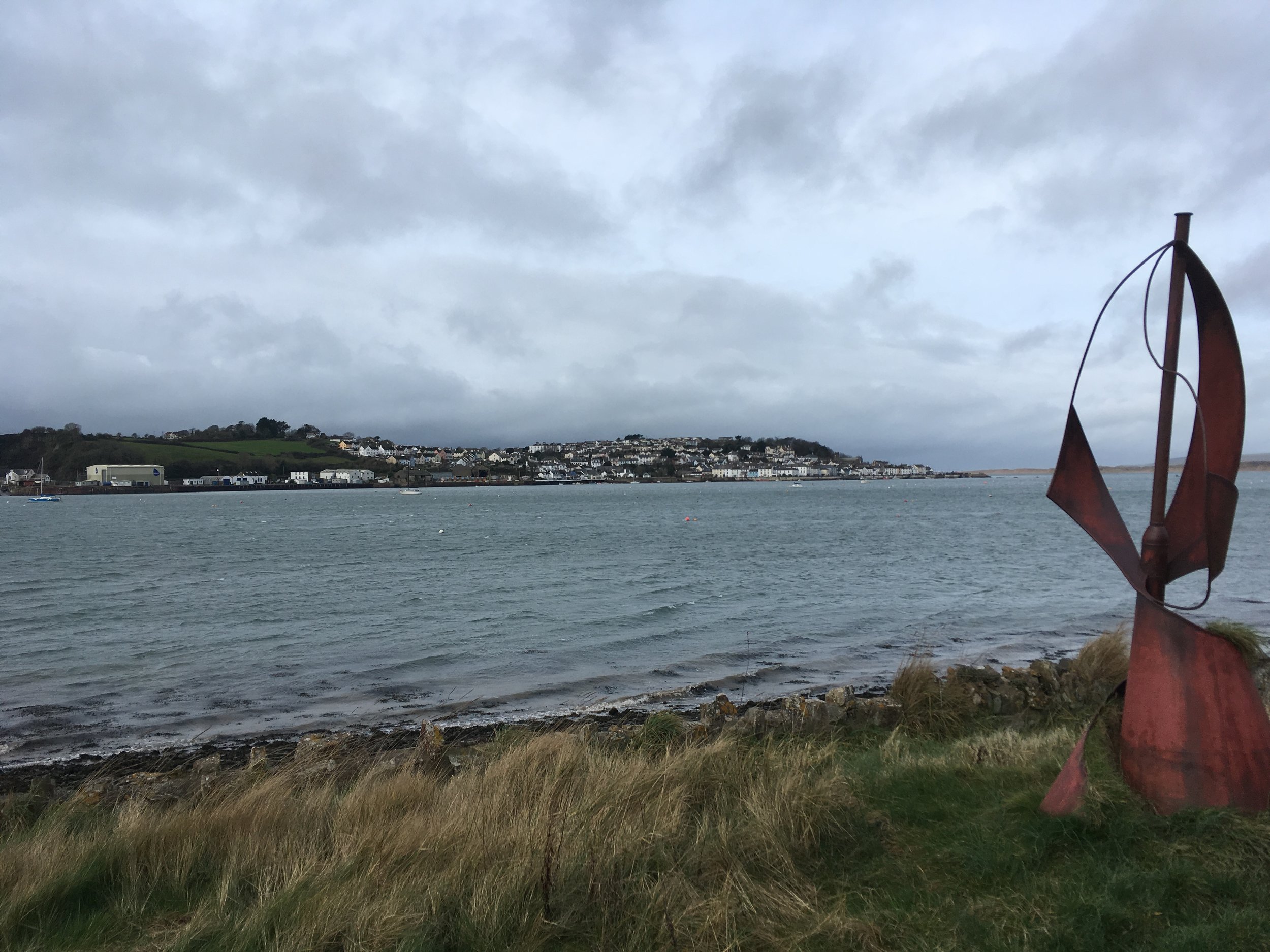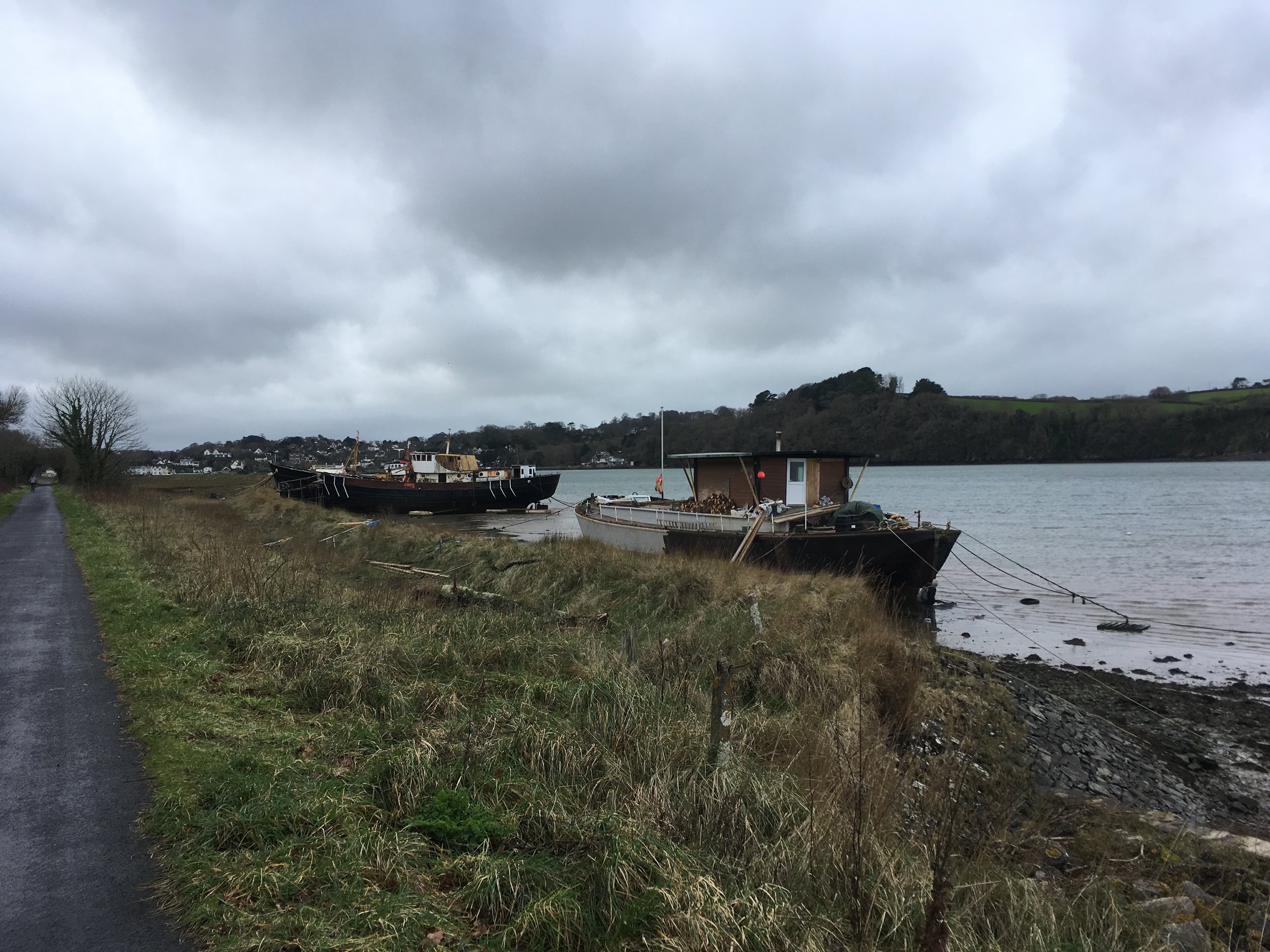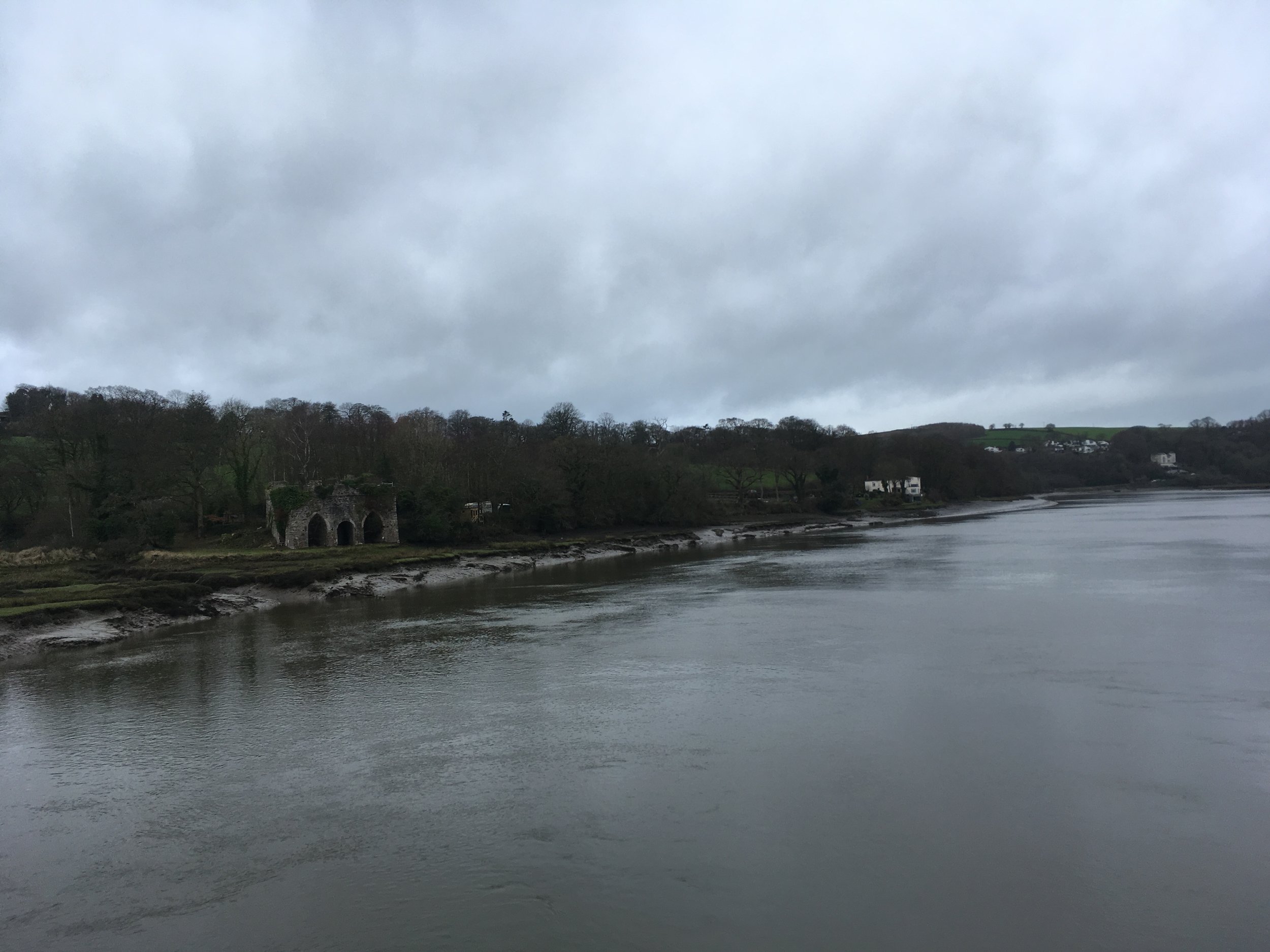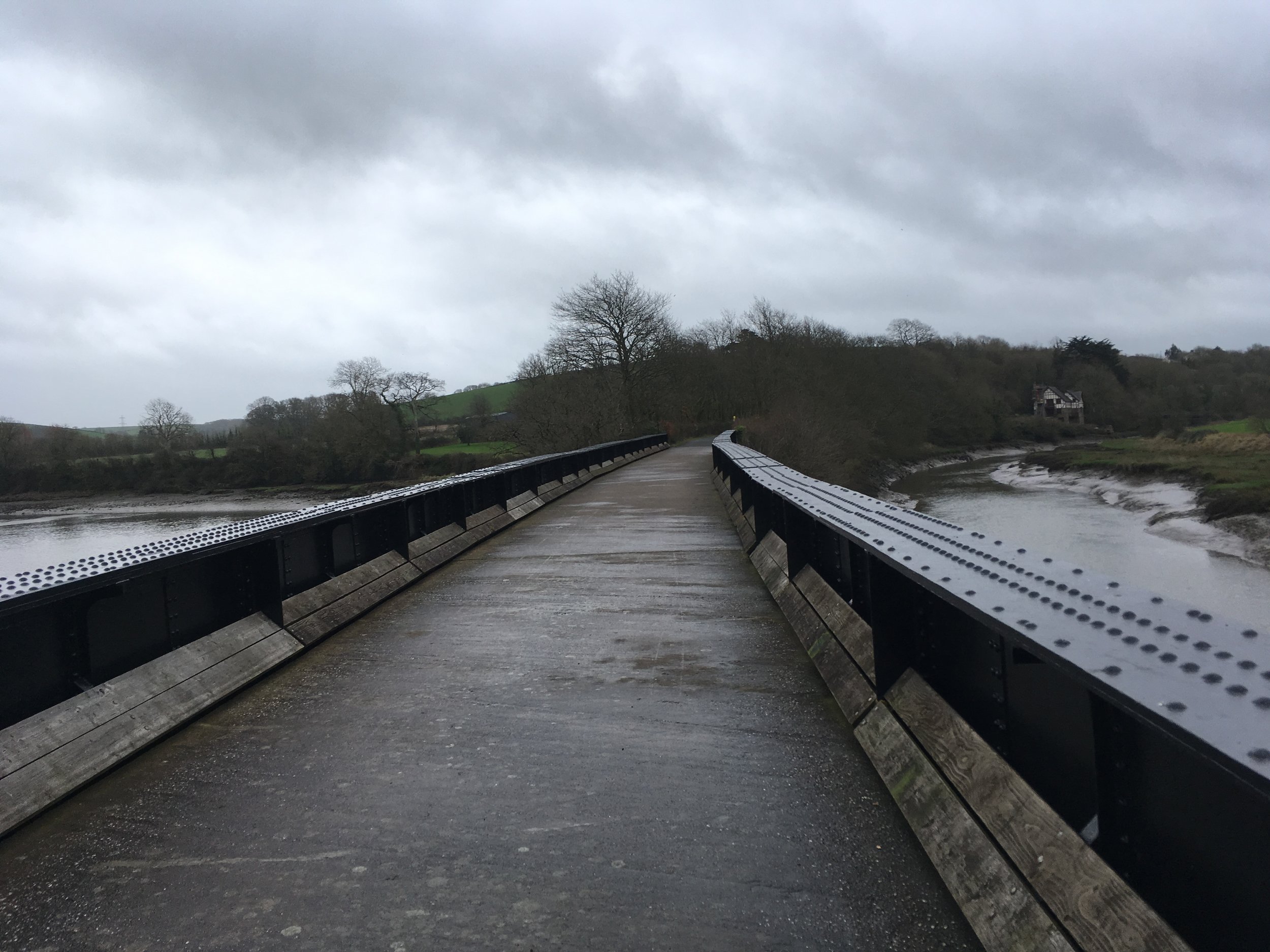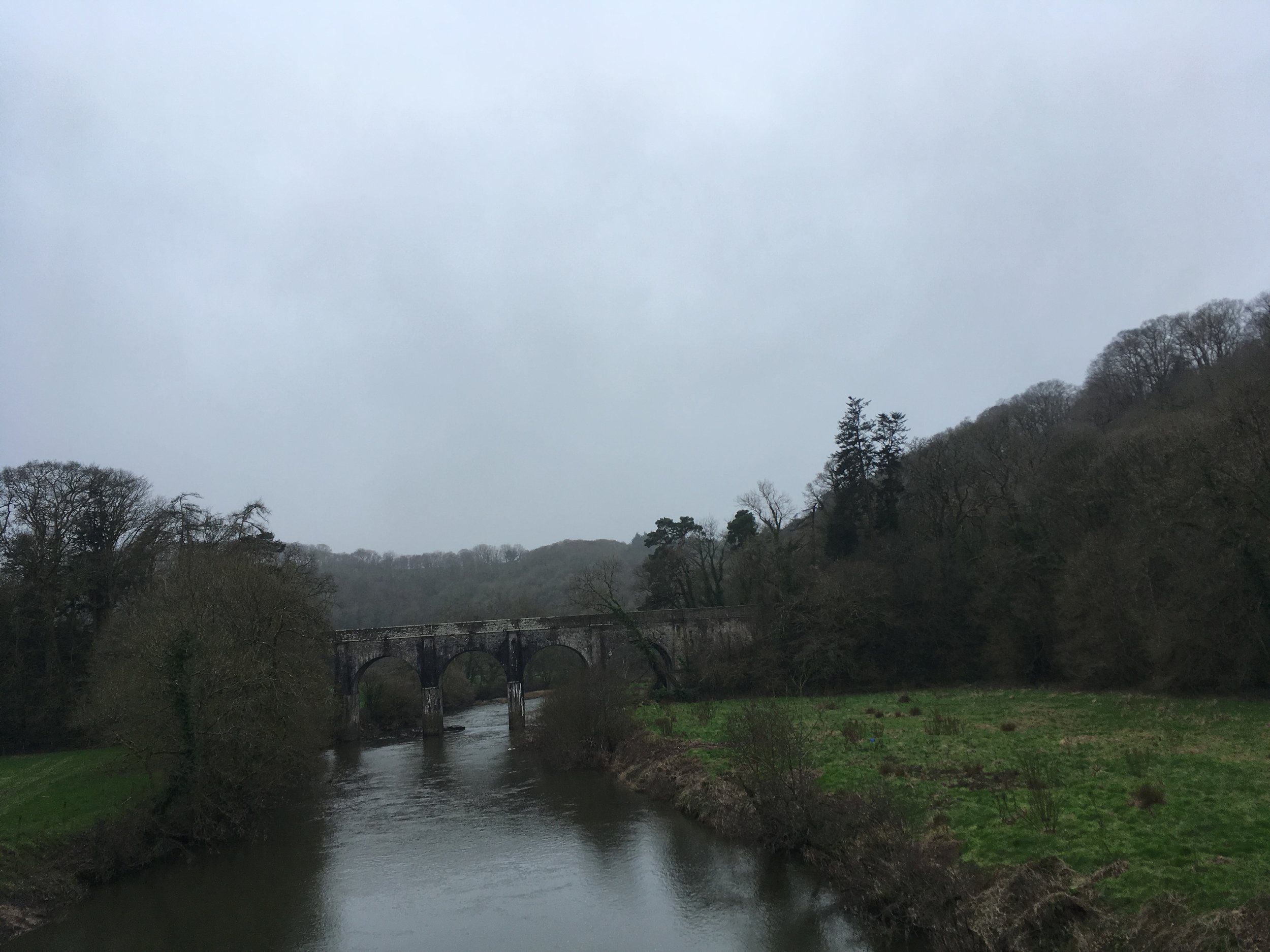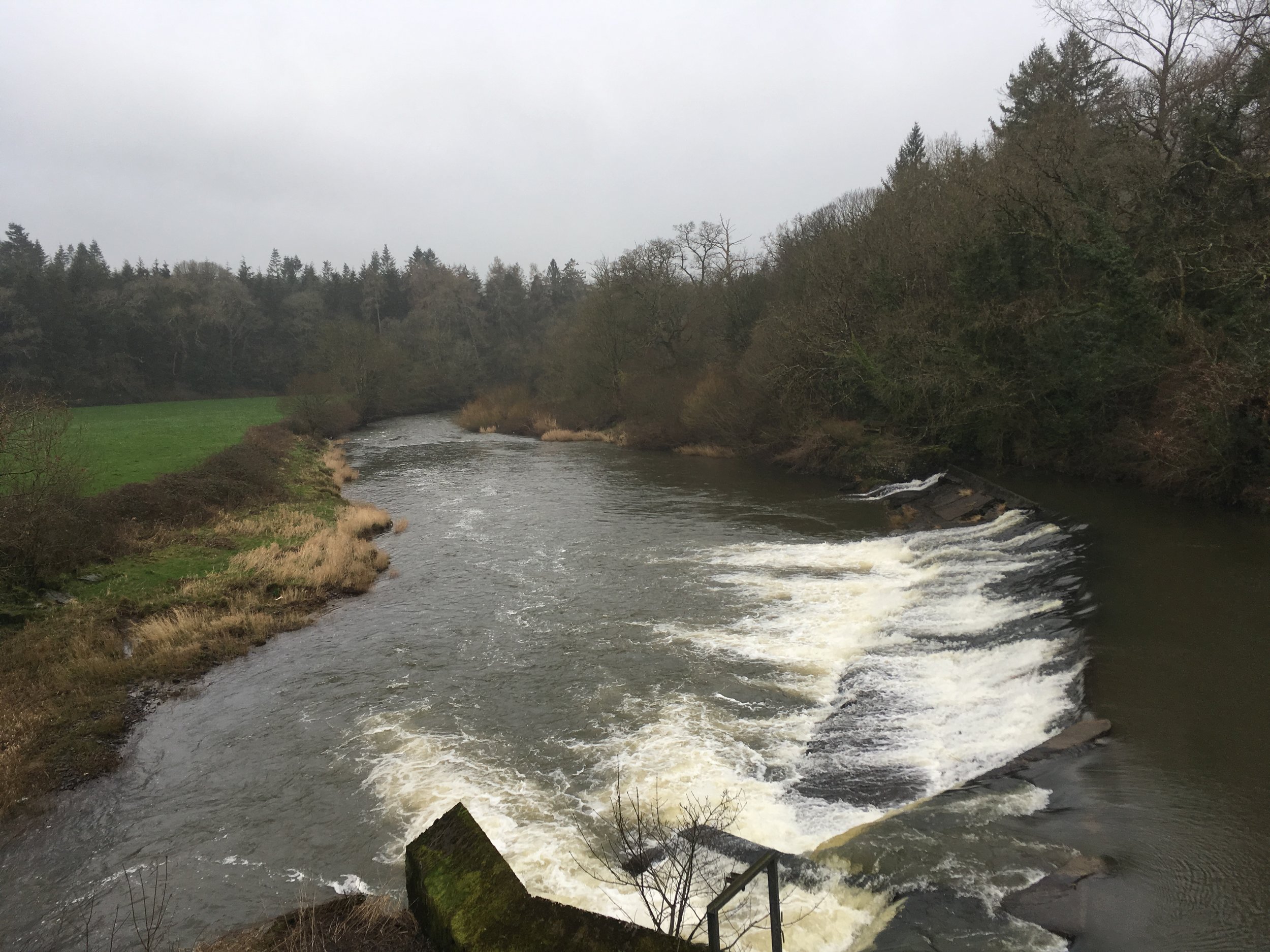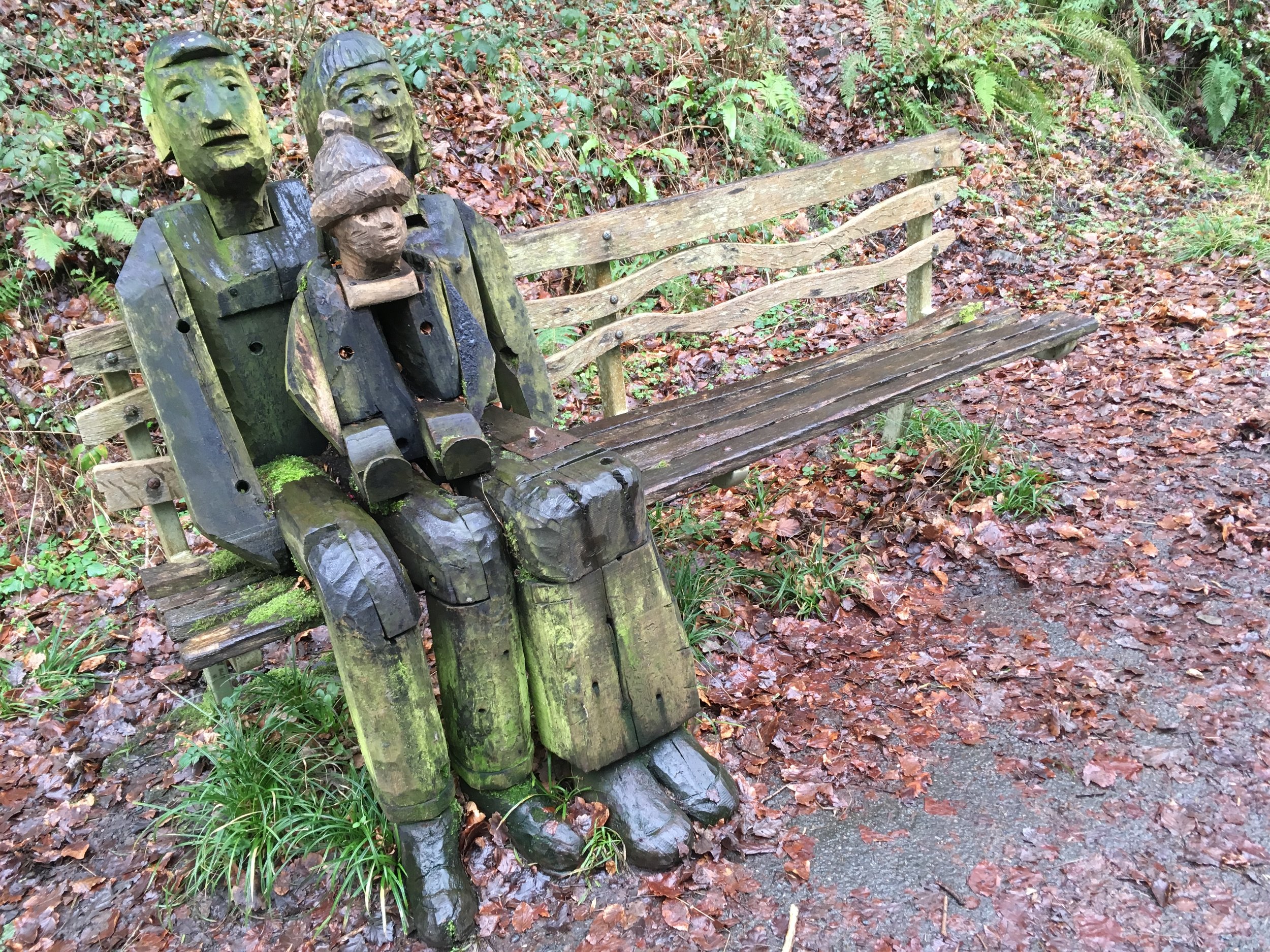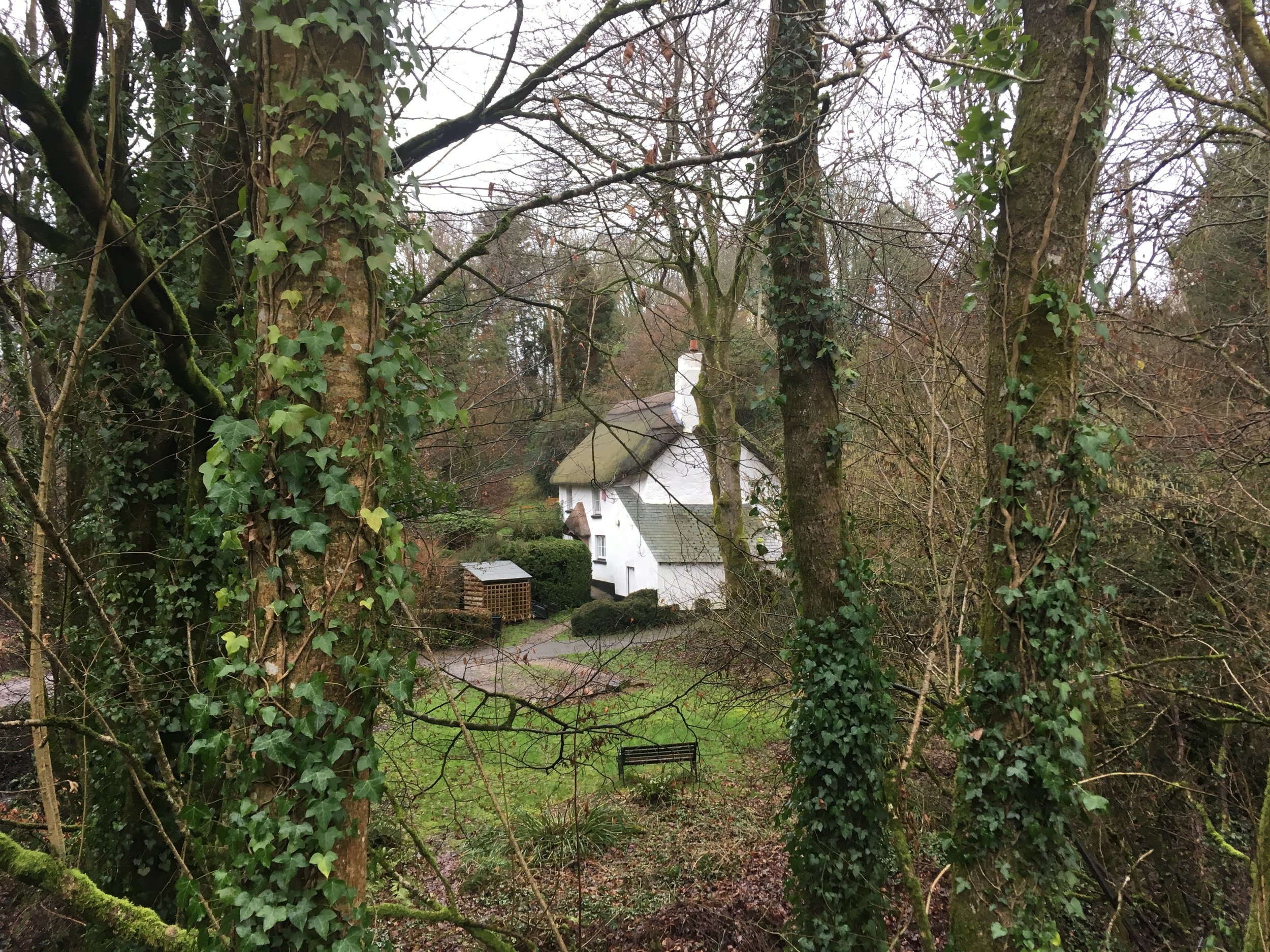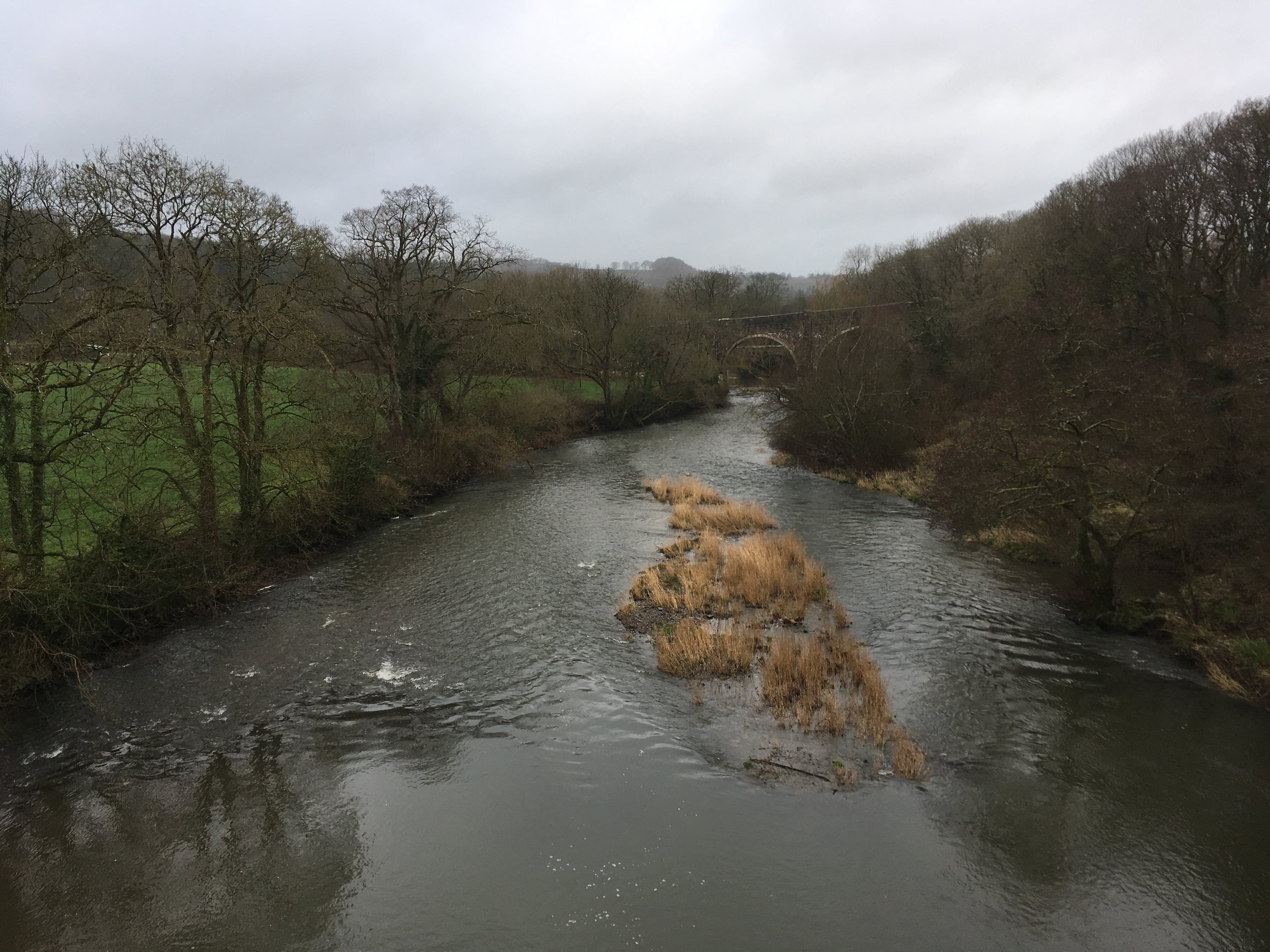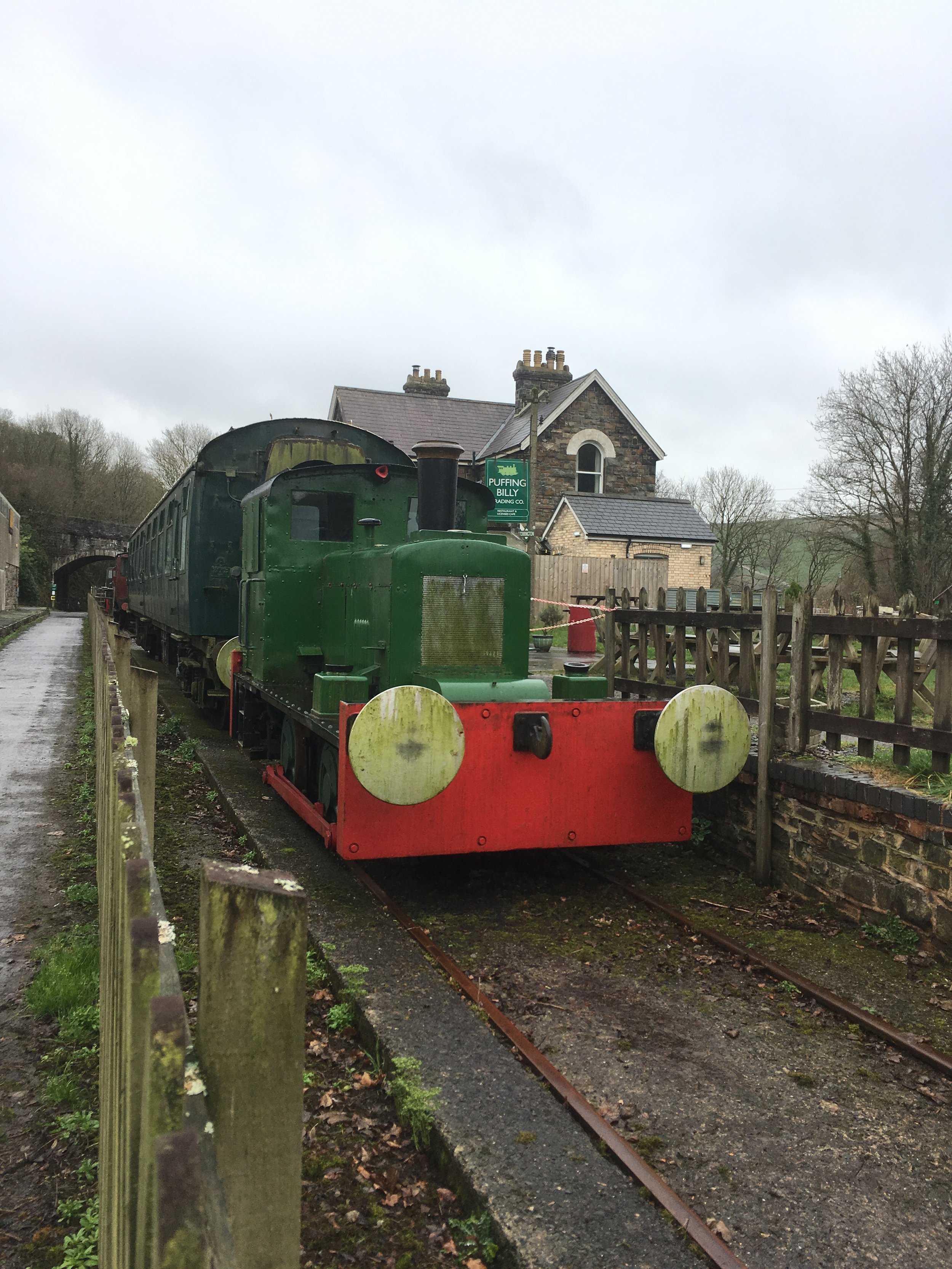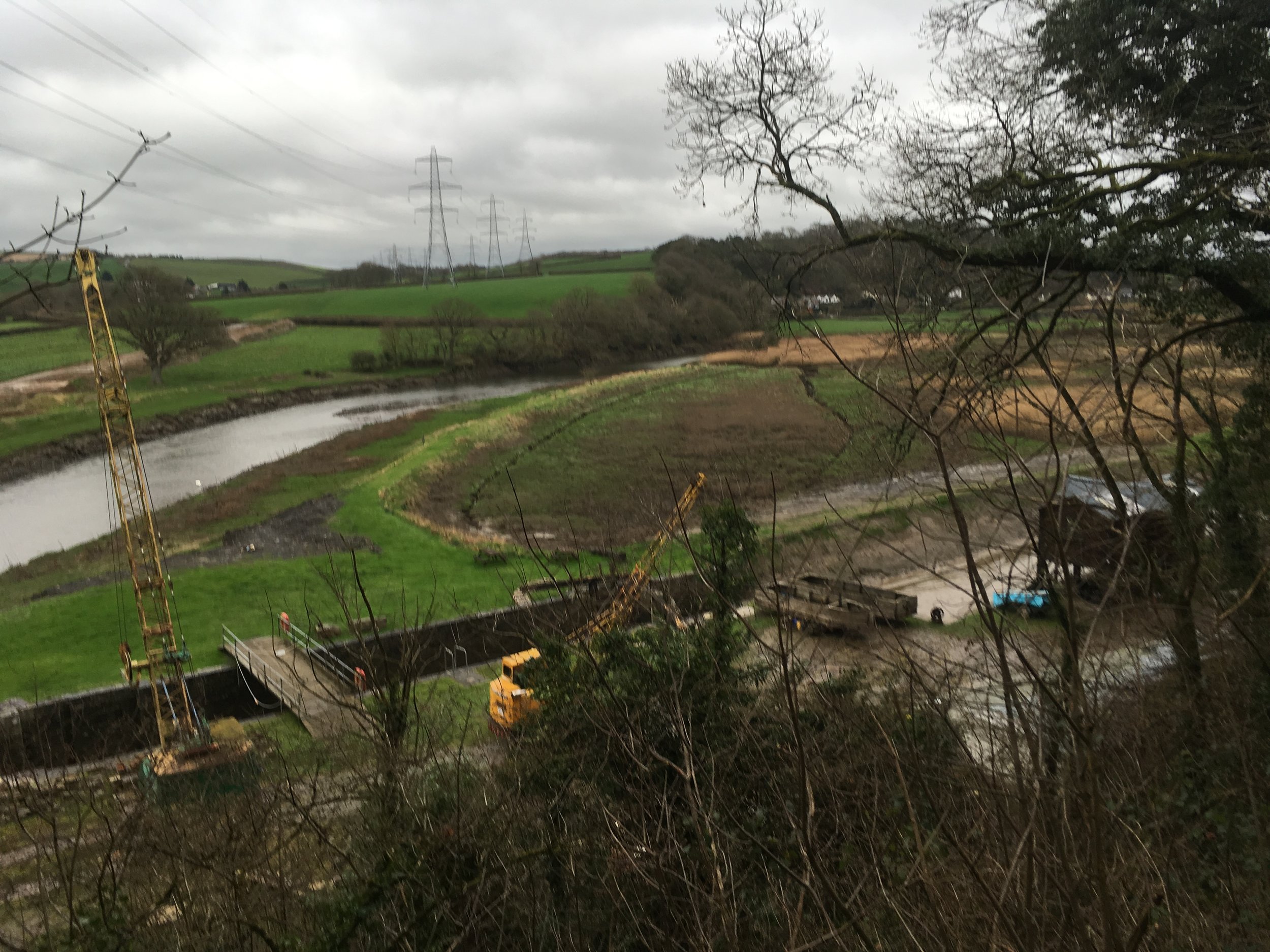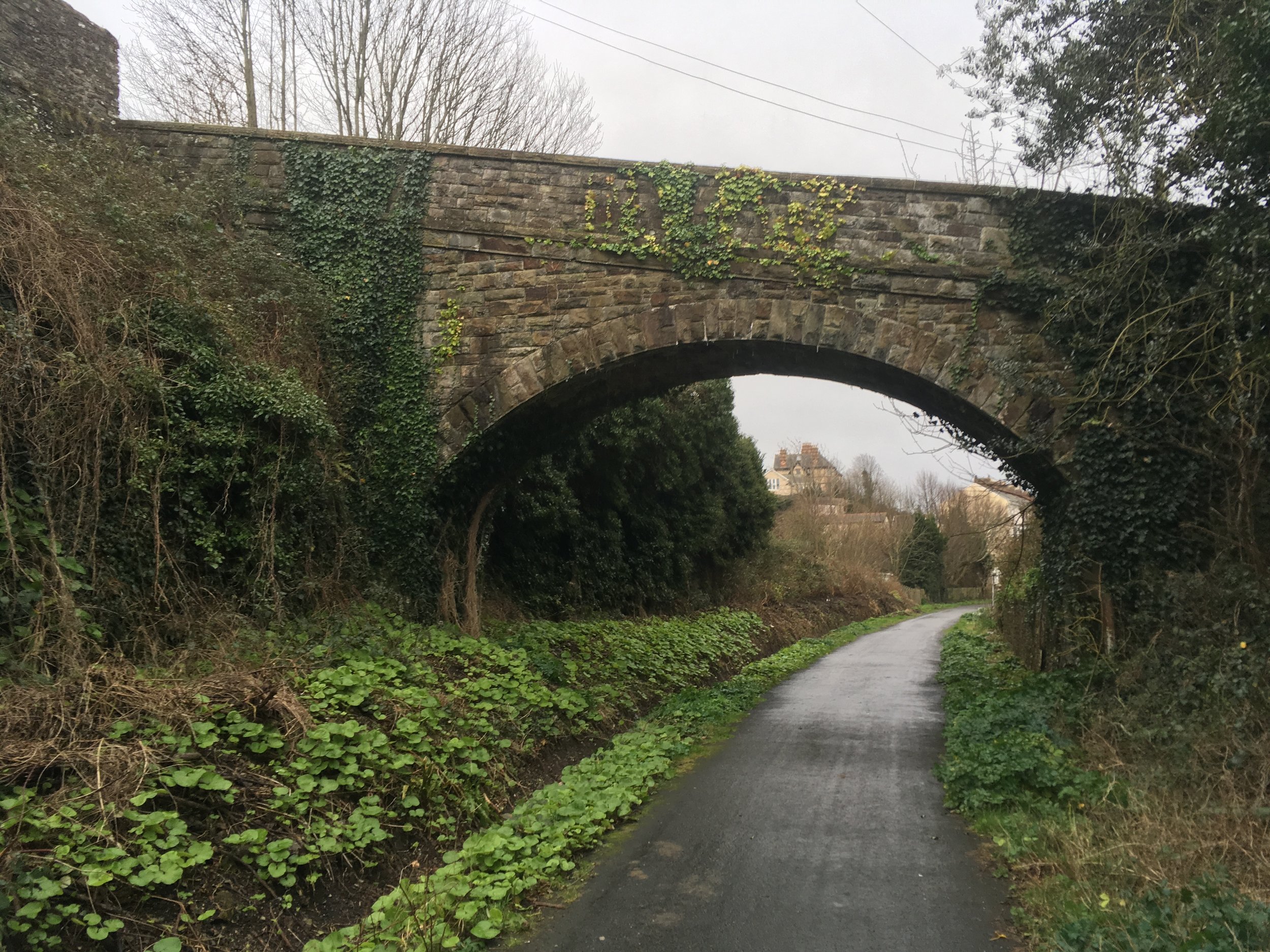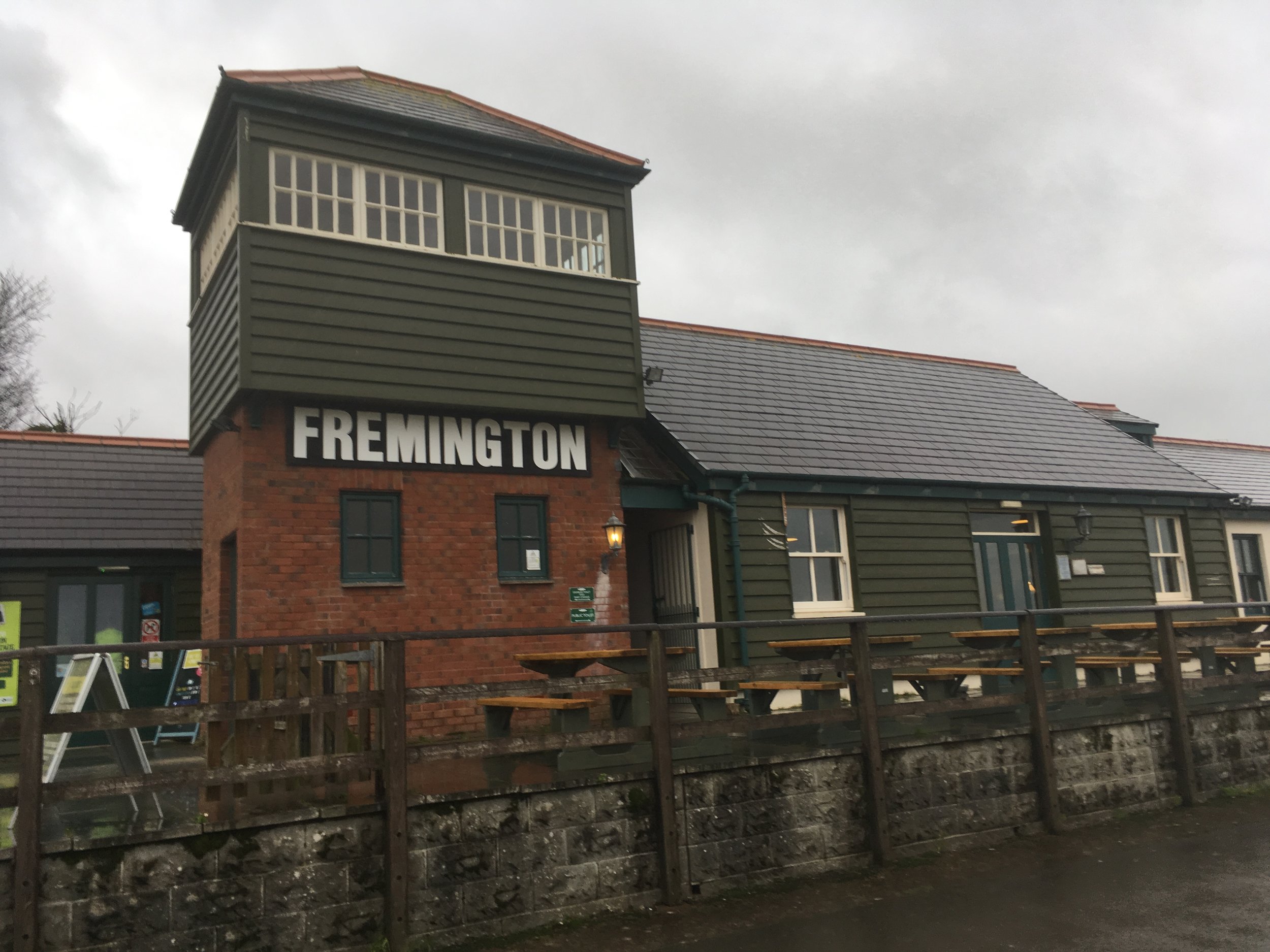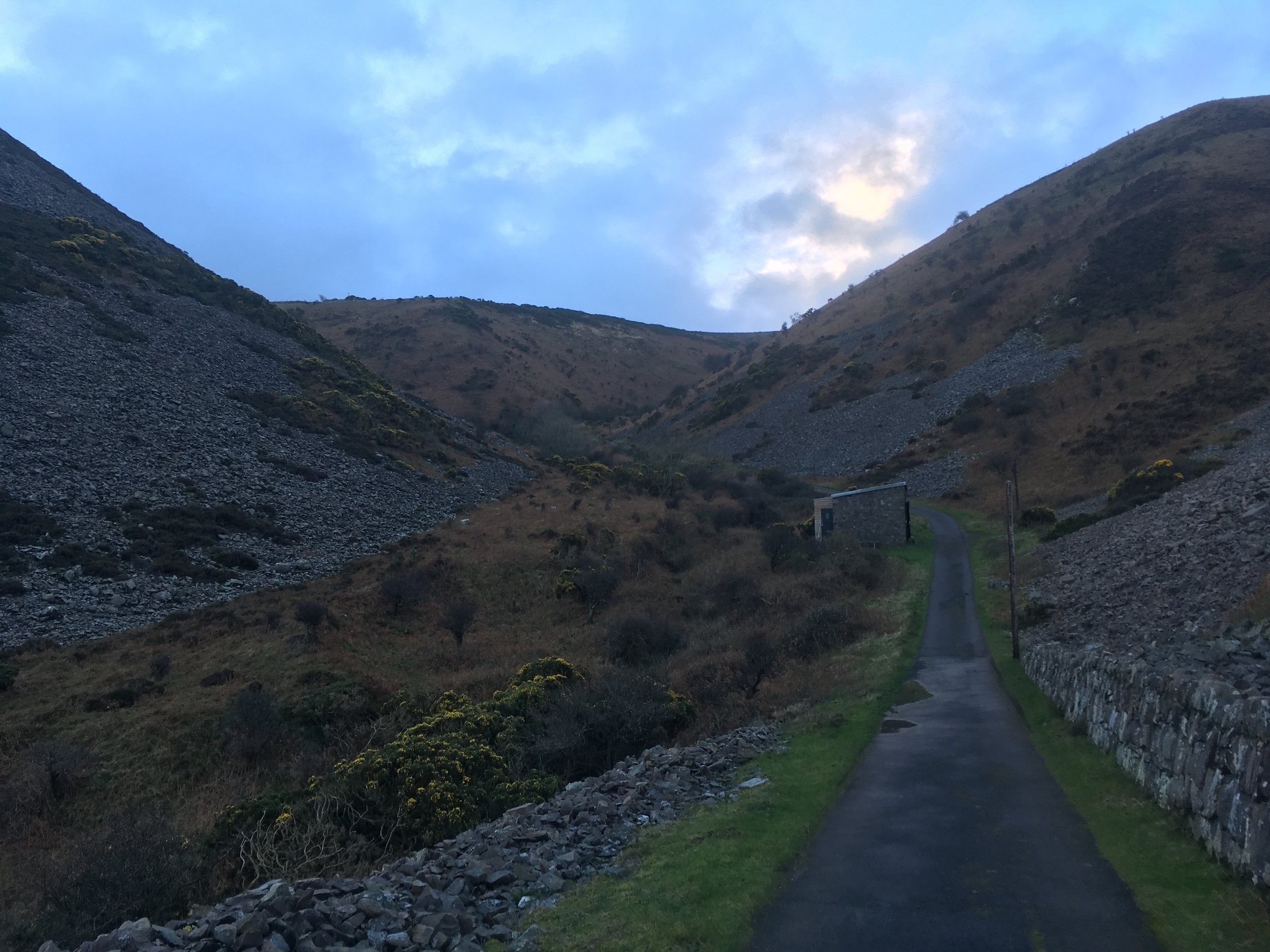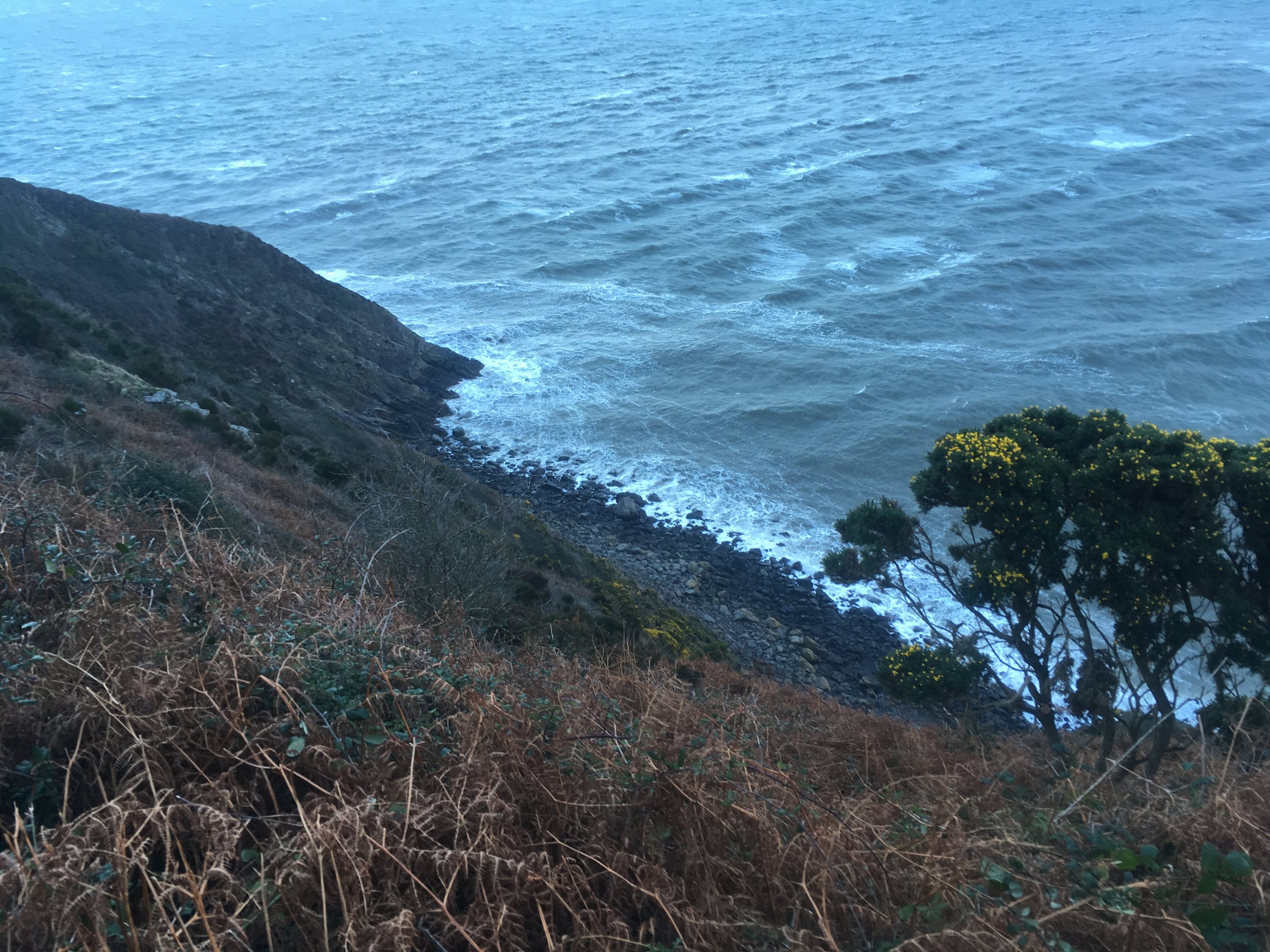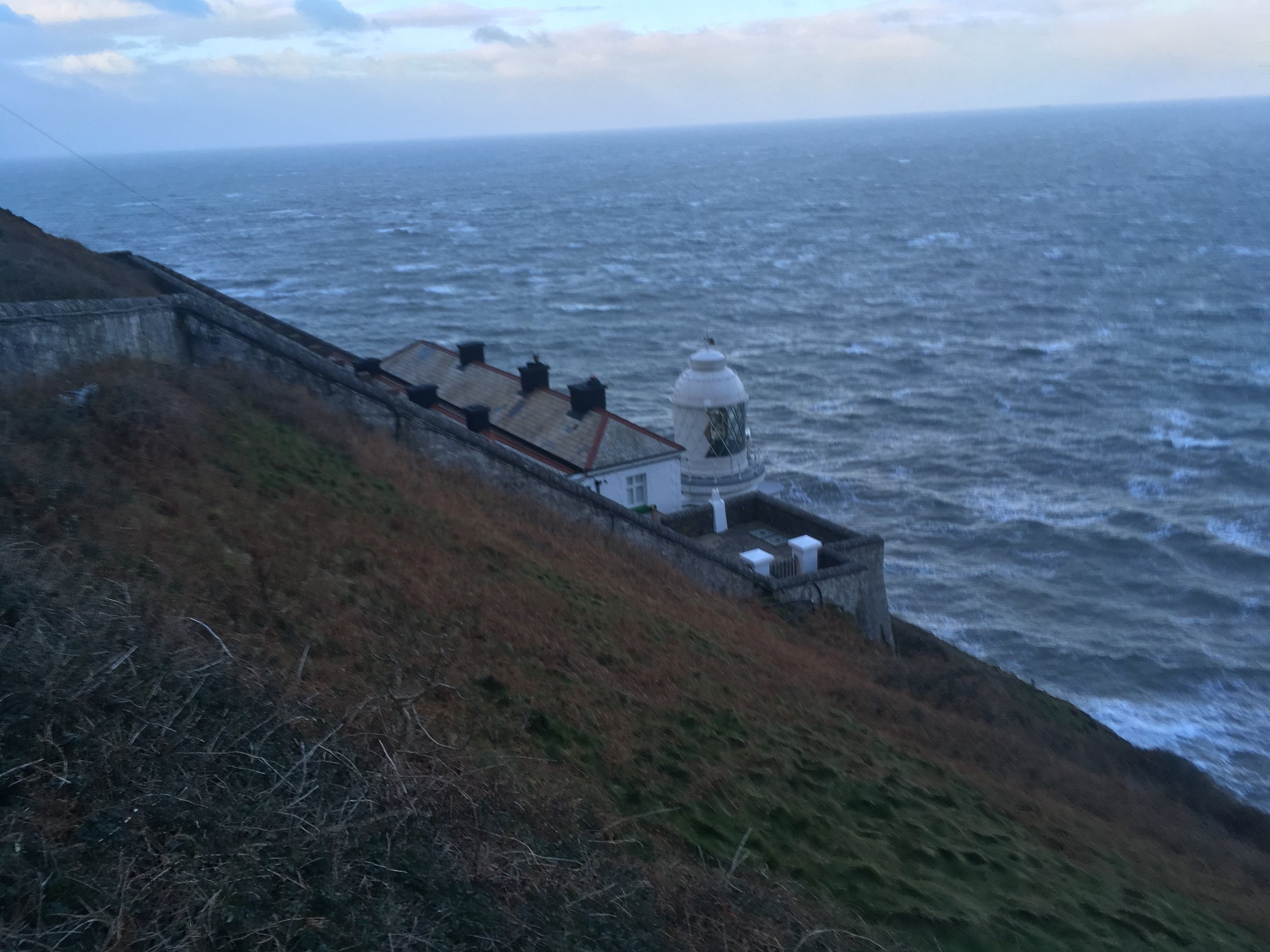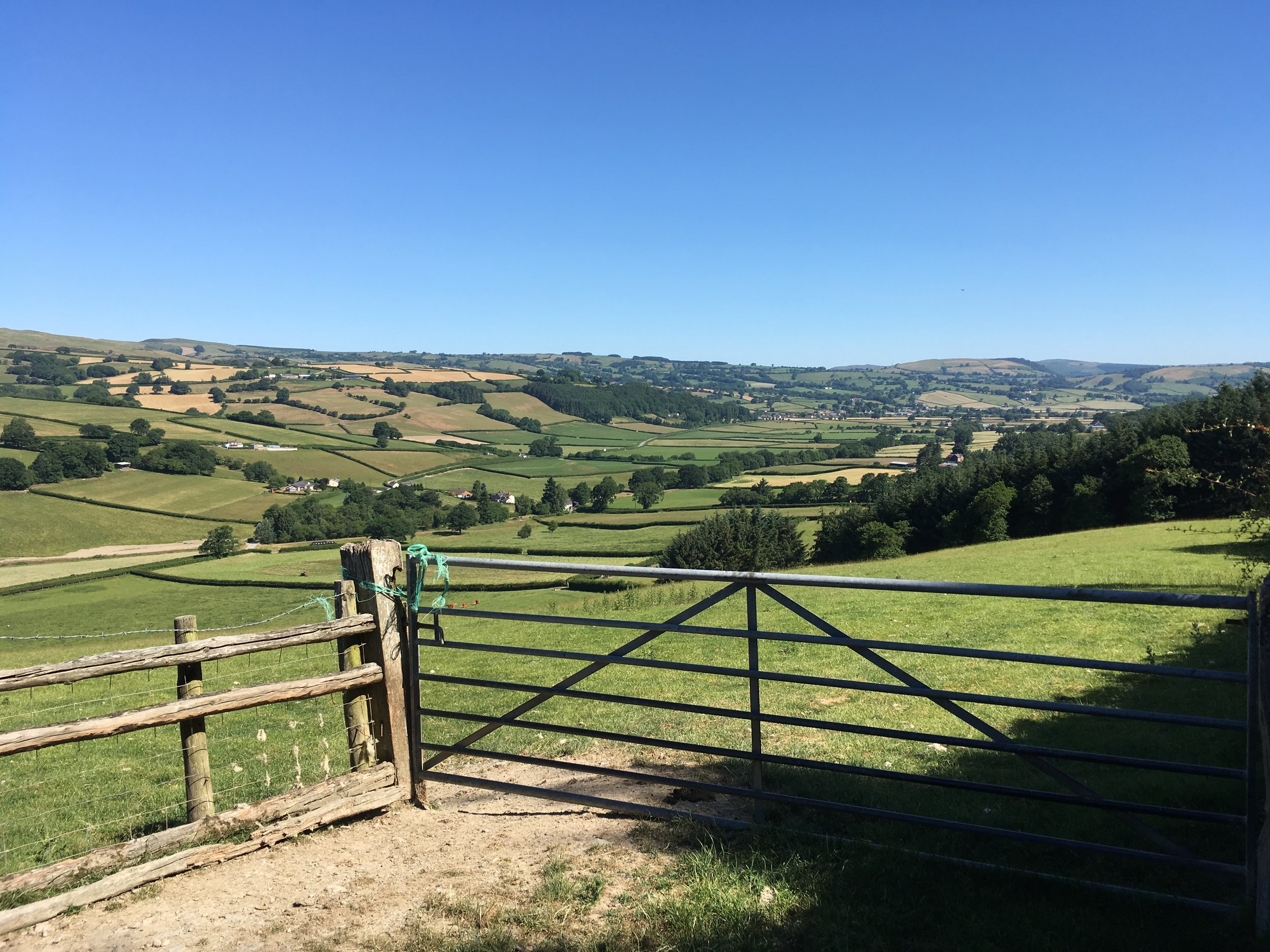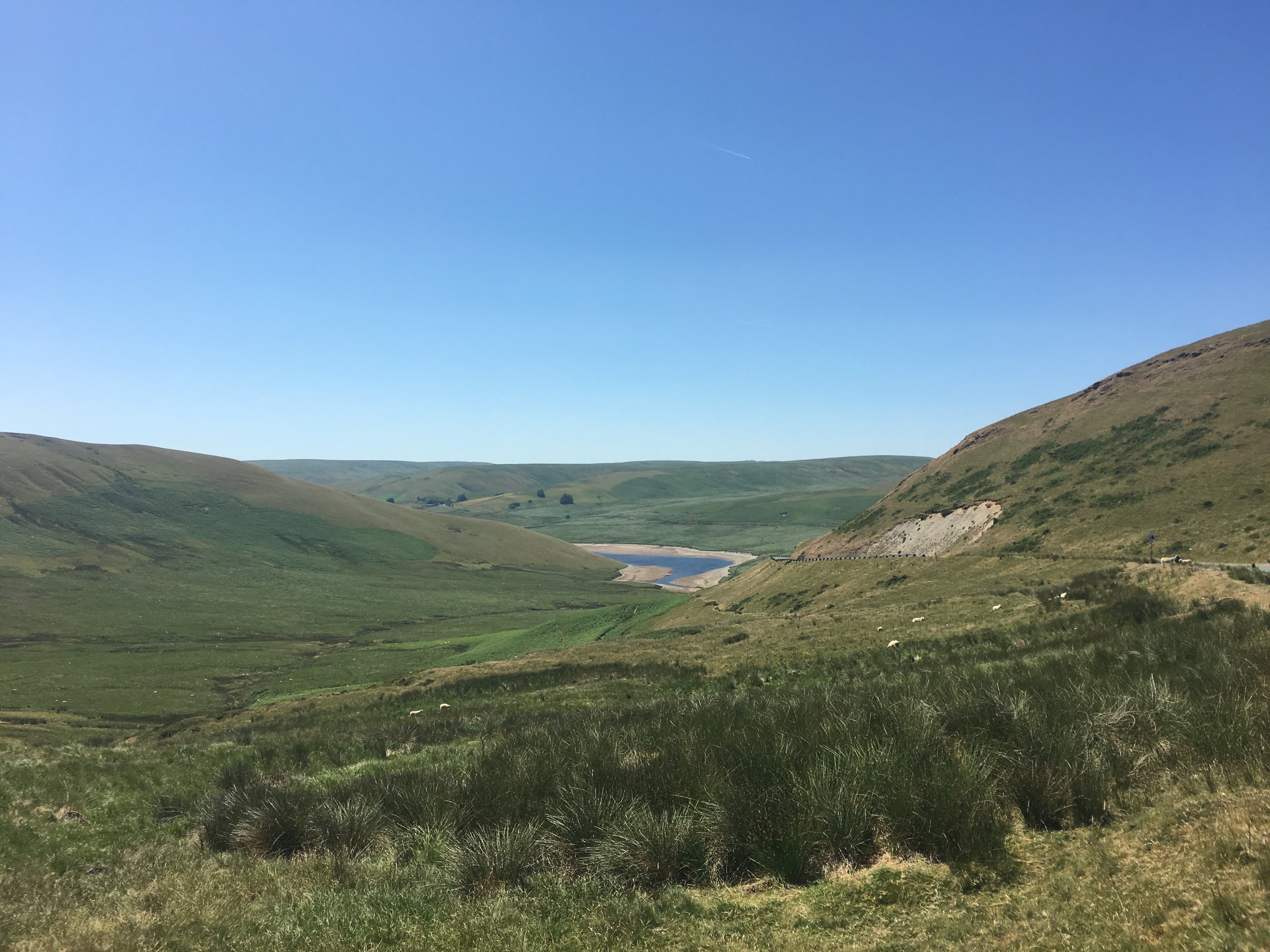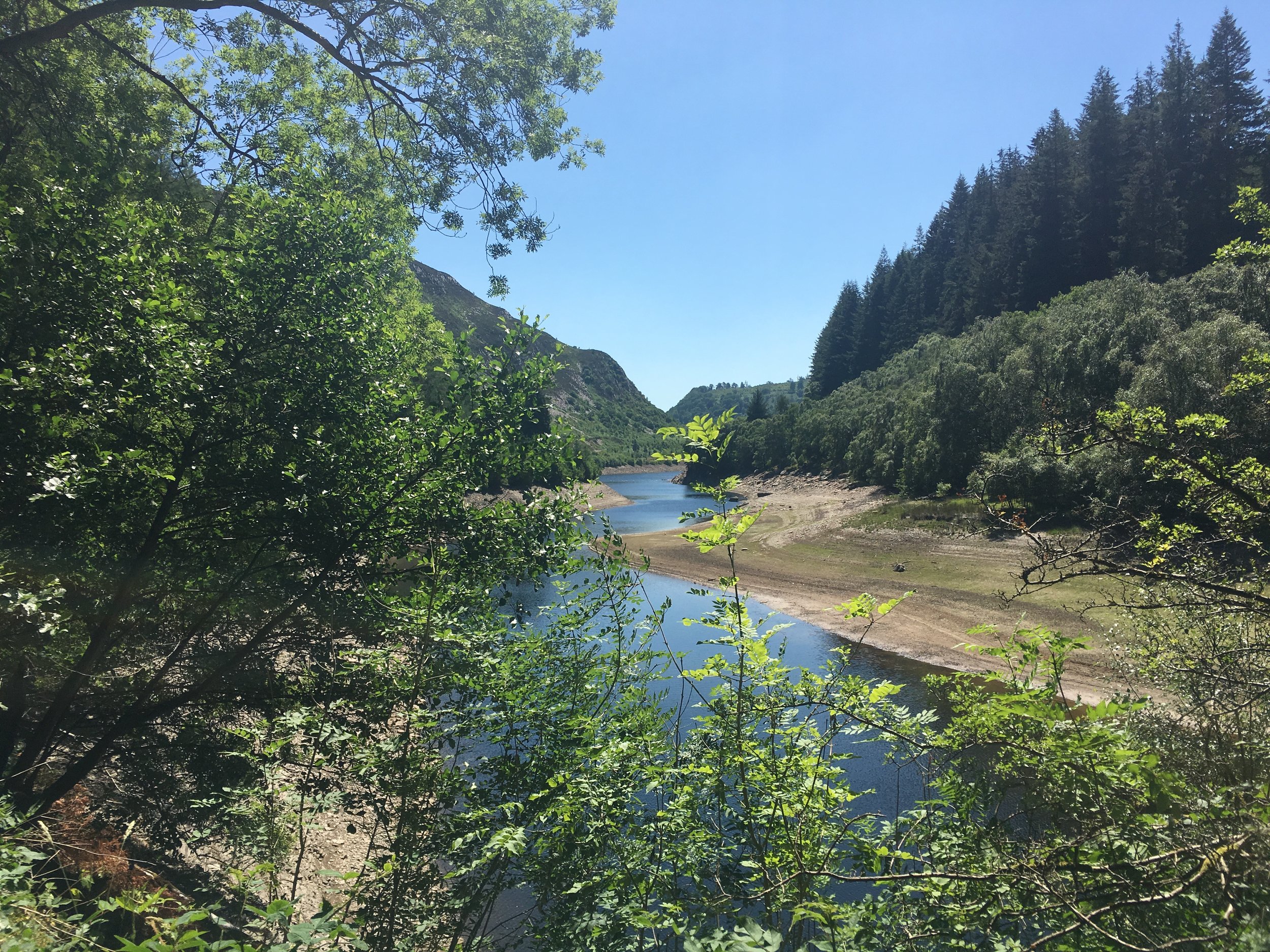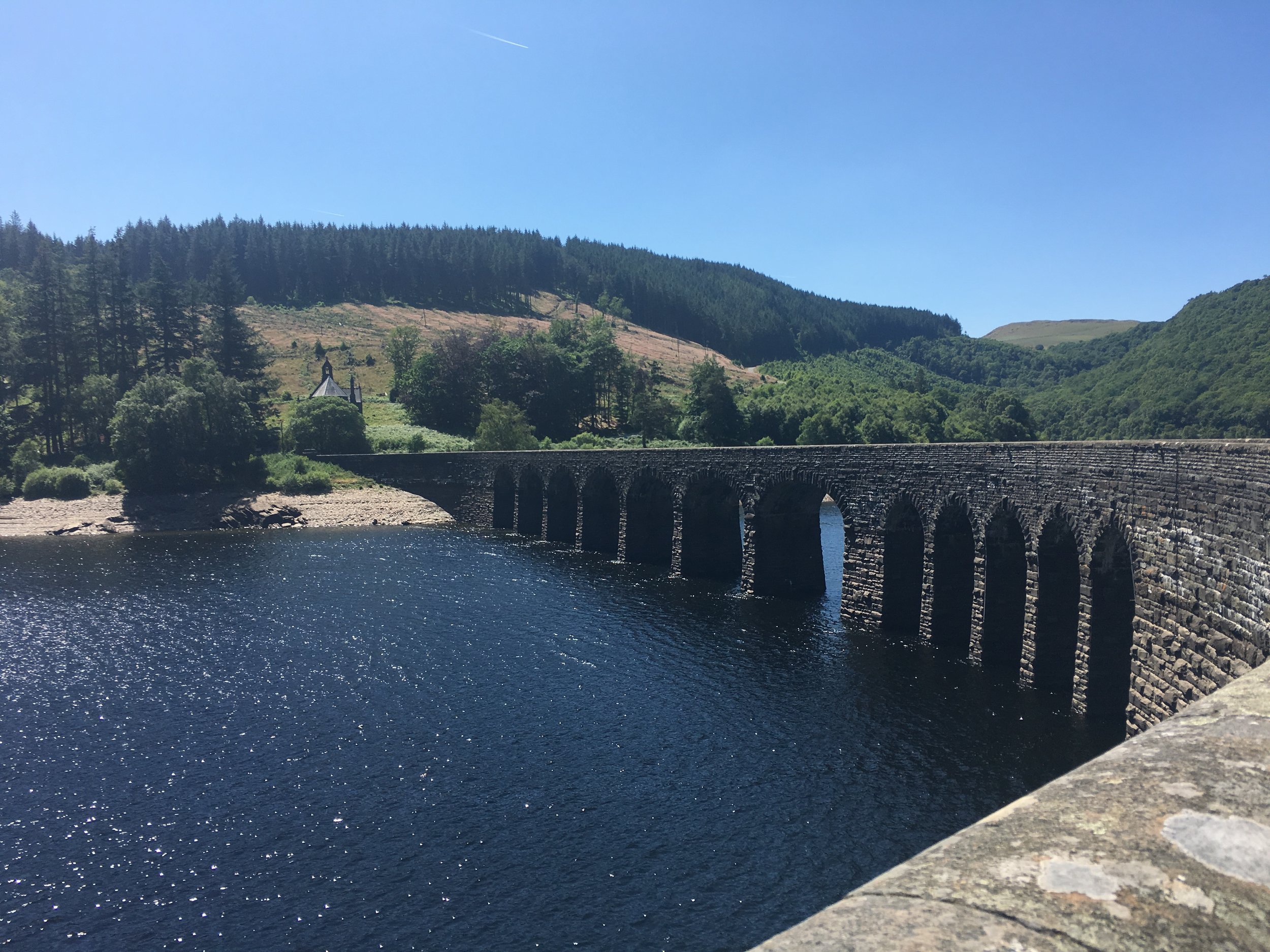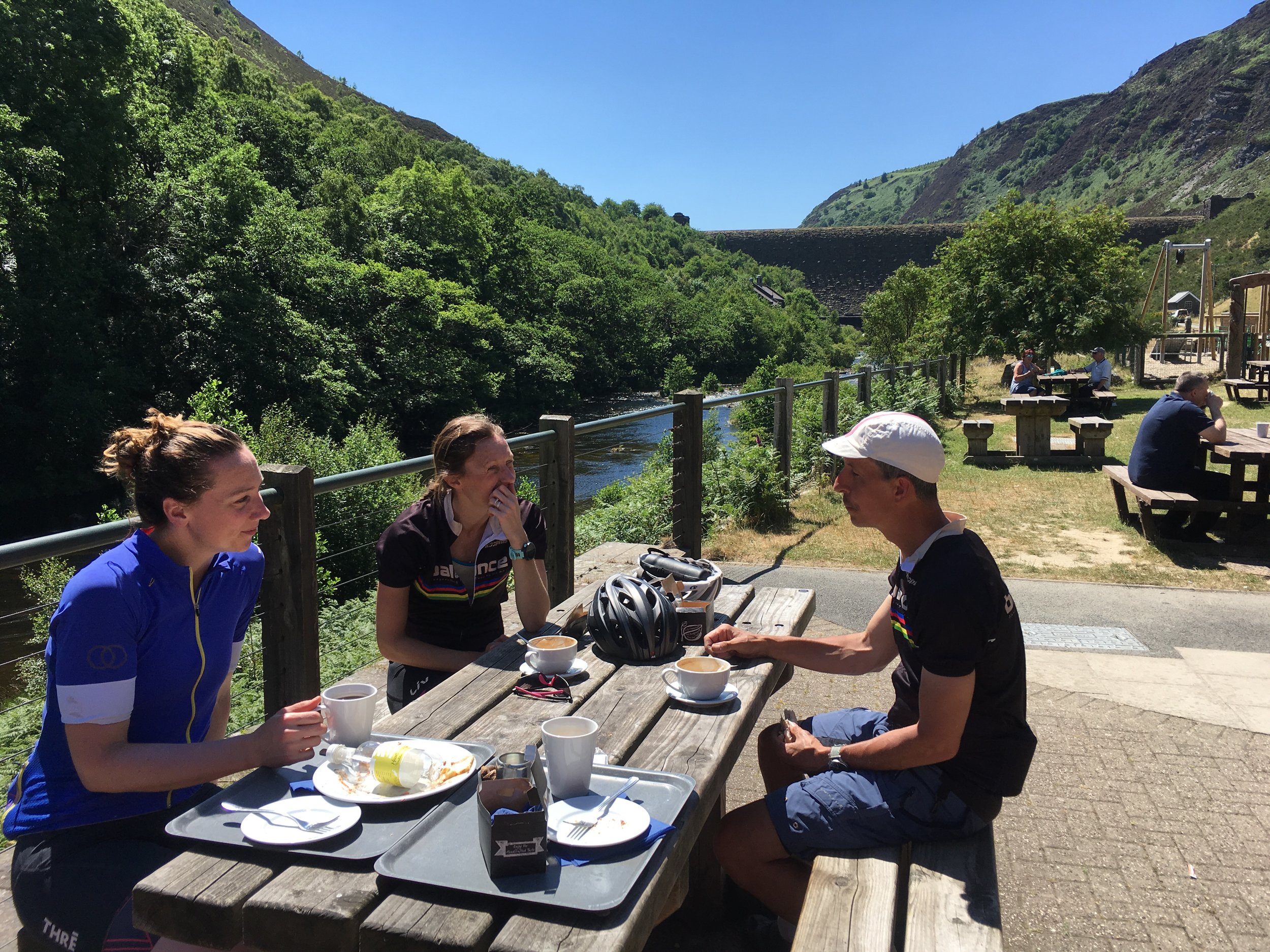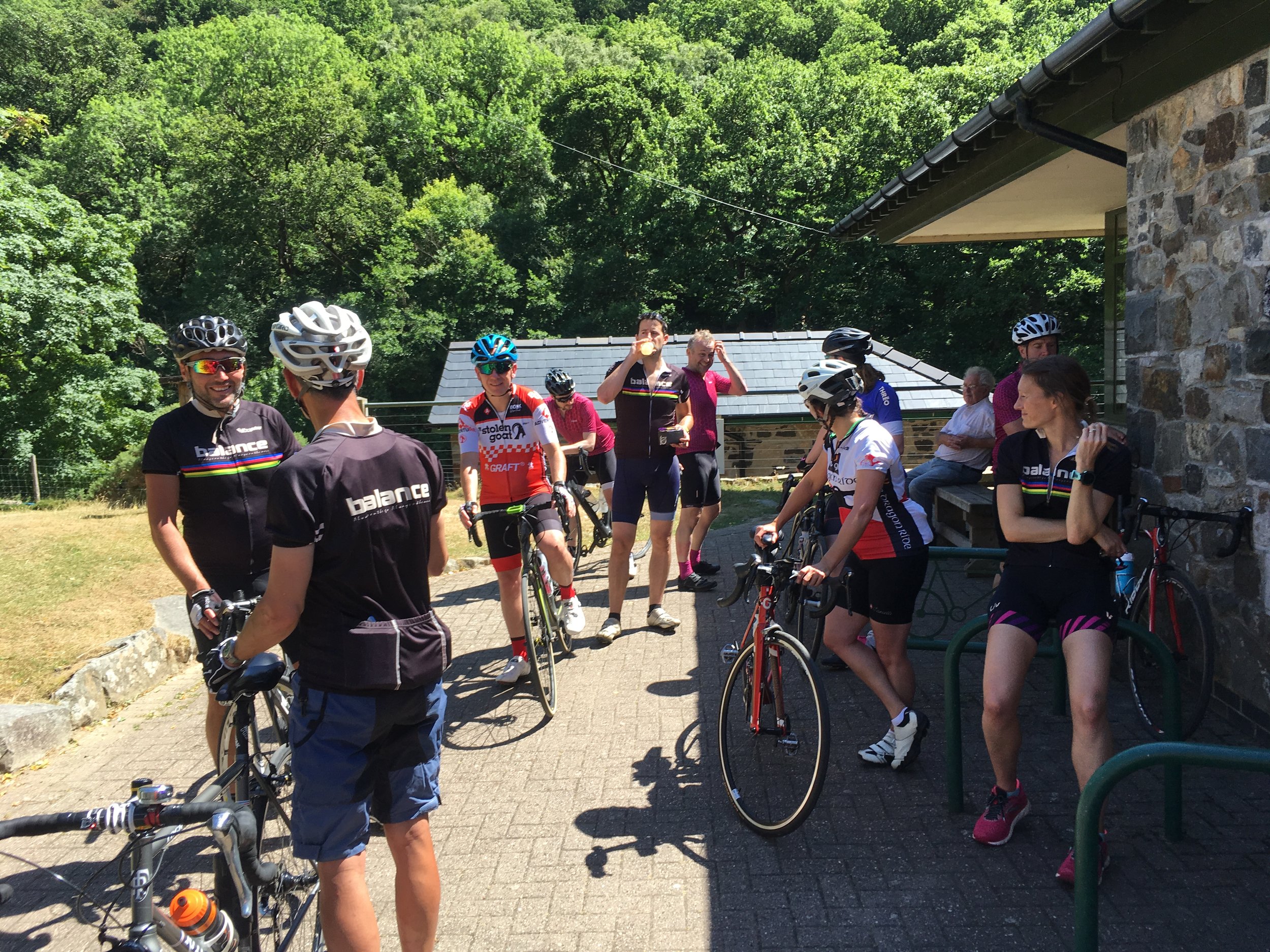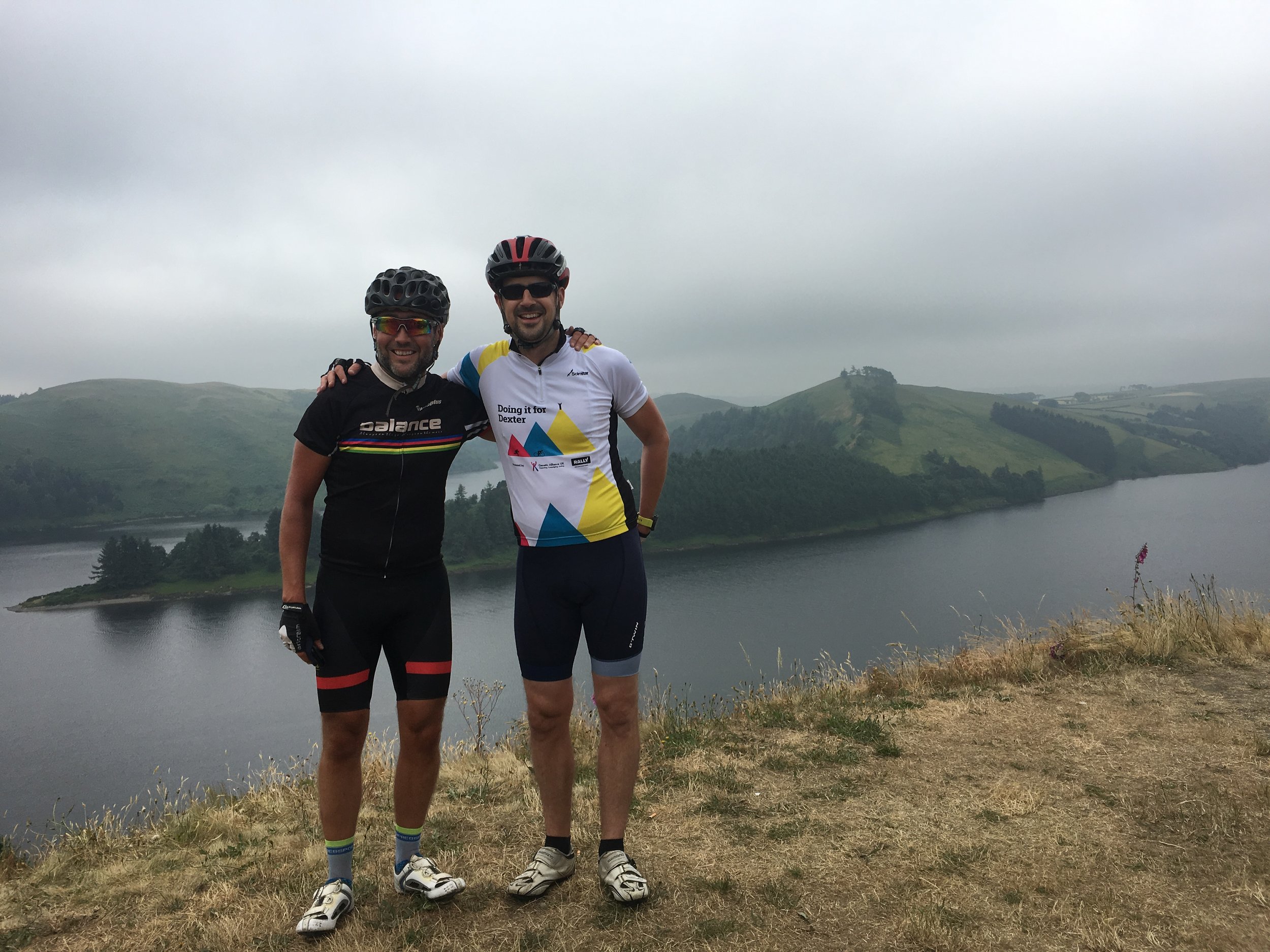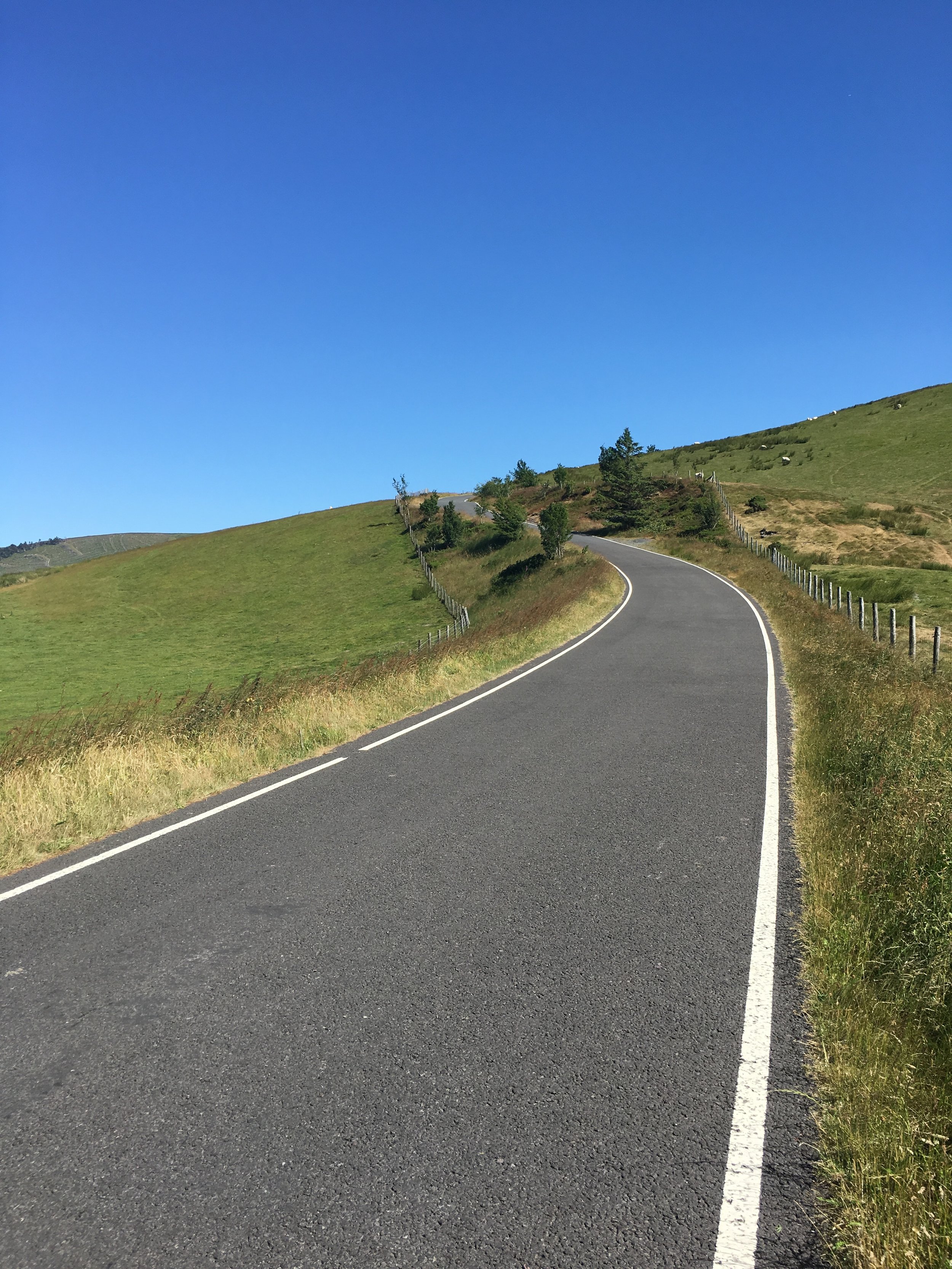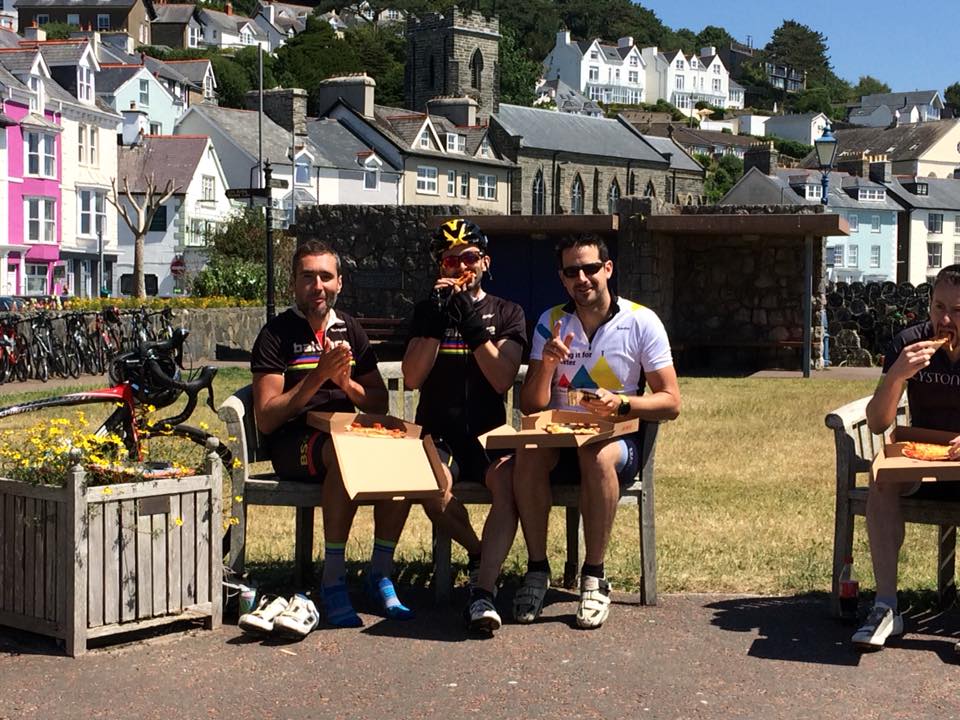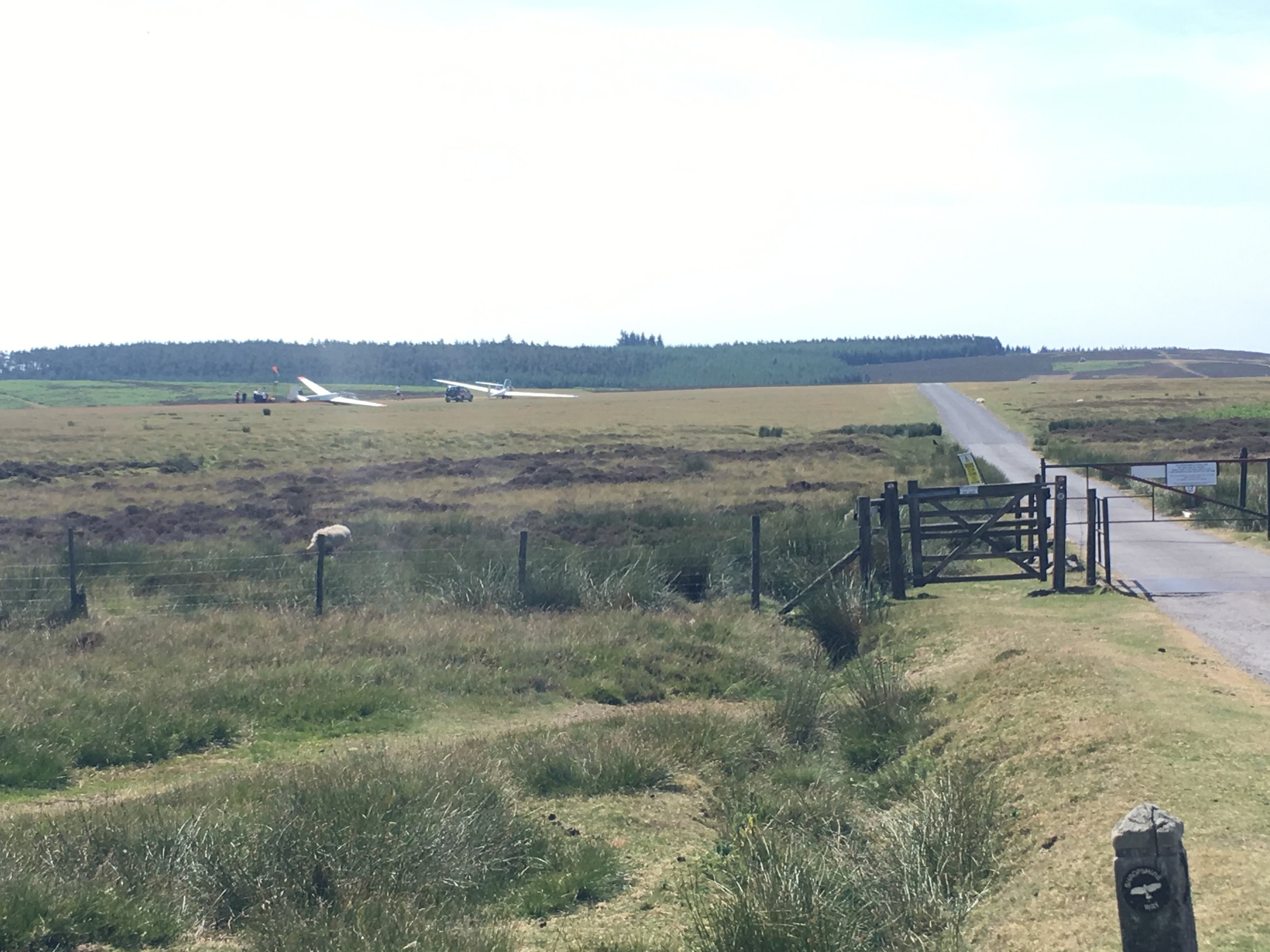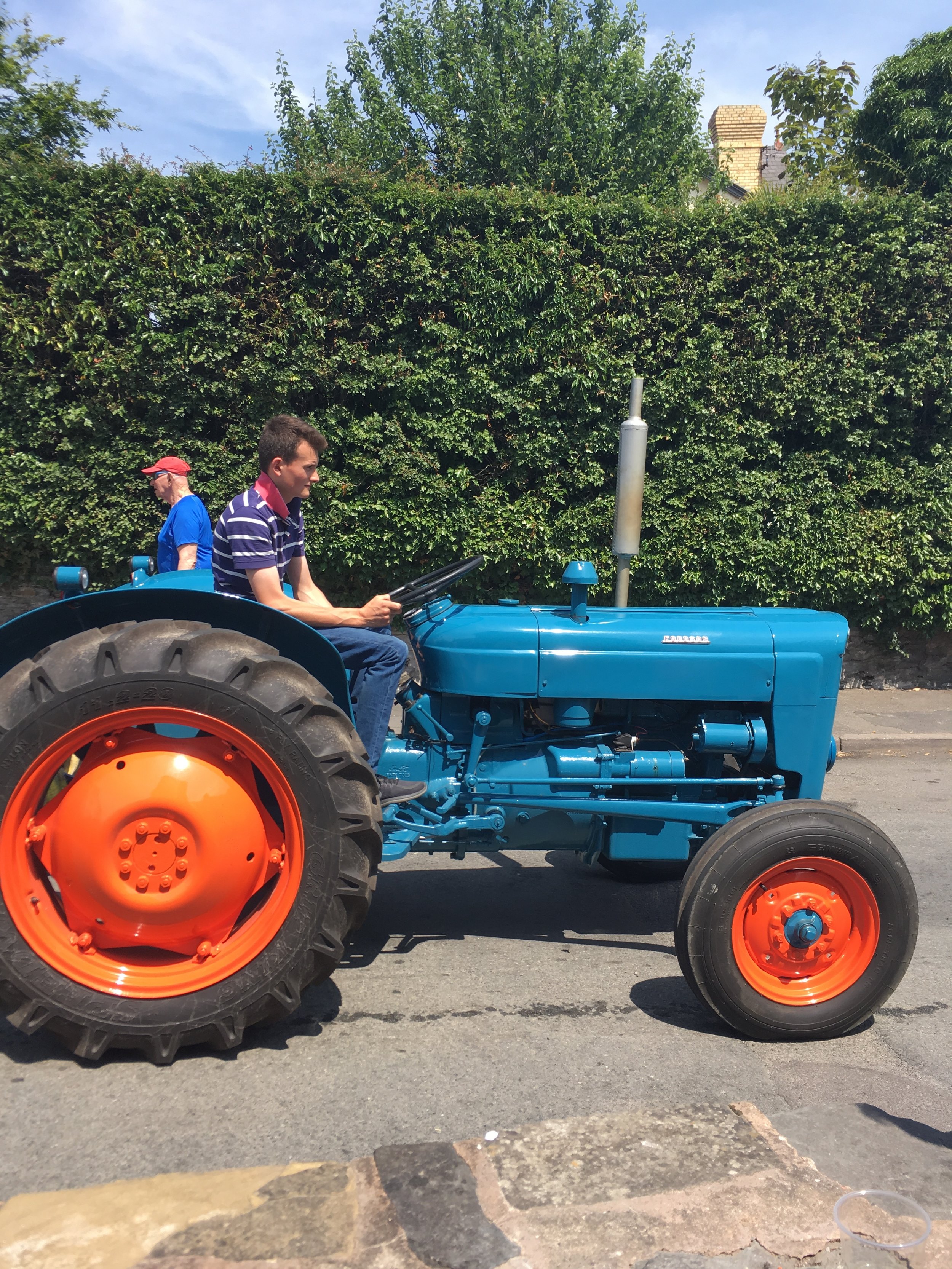It was mid-morning as we rode north on the Isle of Skye. The weather was changeable - a stiff side-wind meant we were already on full alert and we were expecting heavy rain. We’d made it onto the island the evening before, and now our goal for the day was to make it Shulista at its most northerly point, where we’d be spending a few days celebrating Lou’s birthday.
Skye is pretty limited when it comes to route options - we were taking the main road (in reality, the only road) north towards the island’s capital, Portree. Trust me, if there had been an alternative route, we’d have taken it - we always did. Around five miles along it began to get busier, but most drivers were patient and considerate, with plenty of passing opportunities on the long, straight single carriageway A-road.
Lou was riding behind me as a campervan approached from the rear, and there was a car coming towards us on the opposite side of the road too. There wasn’t room to overtake us, but I figured he’d just wait a few seconds then overtake, as it was easy to see there was nothing behind the car ahead. He didn’t though - he just kept on coming, not slowing in the slightest. He started to overtake Lou with only about 6 inches to spare; I could see the shock on the face of the driver coming the other way, mouth wide open as she moved into the small hard shoulder to make it through. Luckily, she squeezed past, but I could feel how close he was - the shadow of the giant hunk of metal quickly enveloping us both. Instinctively, I tried to push him out wider, waving my hand and moving out carefully to force him to move over, especially as the road in the other direction was now clear. He maintained his path, nearly brushing the bags on my bike as he went by, and even better than that, gesticulating wildly at me as he did so and then disappearing off into the distance.
I was furious - how could someone have so little respect for another life? How could those few seconds be so important, so vital that he was willing to risk the lives of two other human beings in order not to have even push the brake pedal? Another van drove past - this time a white van with a couple of workmen in. As they went by (giving plenty of space), they slowed, window down, to inform me that they’d be reporting the incident and the driver to the police. In that moment, all of our experiences on the ride were boiled down to the two vehicles that had just passed us - one who had patience and consideration; the other who was literally willing to risk killing us to gain a few precious seconds.
Whilst that was closest we came to danger, almost every day people would pass us way too closely, overtake us on blind bends, race past us only to pull off onto a slip road moments later, drive within inches of our back wheel looking to overtake, never even consider braking as they approached us at speed, or my absolute favourite - slow down but then proceed to drive past ridiculously close, thinking it was fine because they’d pressed the brake. It is a very big problem indeed.
What’s going on?
Now of course, there’s plenty that could be done in terms of road design to fix this - high quality cycle paths running parallel to the road, regularly cleaned and resurfaced; plus changes to the Highway Code and legal framework. But there’s a much bigger, far more important underlying change that needs to take place - and that is in the attitude of drivers - of human beings towards other human beings. Many people need to start valuing the lives of others - to not do so whilst in charge of a huge hunk of fast-moving metal makes them, in my eyes, guilty of intent should anything go wrong.
Why are so many drivers so casual about the risks they take with others lives? I think there are a number of reasons. Firstly, the pace of the modern world and the stresses of daily life are often translated into how people act behind the wheel. Everything is done in a rush, there’s always so much going on, and cyclists on the road might just be stopping you getting where you need to be. I guess the question is, how many seconds is another person’s life worth? What do you think - 10, 20, 30, a whole minute, or would you give it at least 90 seconds before you thought it was worth risking killing someone?
You can of course get annoyed with my tone at this point. You can say that cyclists shouldn’t be allowed on the roads, but the law is very clear that they are, and that will not change. In fact, let’s face it, the bicycle is the future - it makes people healthier, it saves them money and most importantly, it saves our planet. The car, diesel, petrol, or even electric can’t do that.
You can also get angry about ‘cyclists’ and the way they ride, but that is just illogical. If you’re one of those people that groups all cyclists together as wildly out of control lunatics on two wheels, then to me you’re guilty of the same pattern of behaviour that we see in any of the ‘isms’ - you’re judging millions of people based on the behaviours of an individual. You’re a ‘cyclistist’. Even if you have encountered poor cycling on the road from one, two or more cyclists, if you think that makes it ok to drive dangerously around any or all of them, then you are very much the problem.
Alongside the impatience and the demonising of those on two wheels, I think a large part comes from the fact that our vehicles are so large but so quiet, comfortable and easy to drive these days, that we just have no idea at all how terrifying it is to fly past a cyclist closely at speed.
What can be done?
As I said earlier, there’s a huge amount that can (and is) being done in terms of the designing and building of better cycle paths - we encountered some great ones on our journey and very much enjoyed using them. They need to be well surfaced, cleaned regularly to remove stones, glass and other debris, separated from pedestrians, and built in such a way that when a road joins from the side, the cyclist has priority, exactly as happens on the roads.
There’s also a lot that can be done in terms of legislation. The new proposals for changes to the Highway Code include introducing a hierarchy of road users, whereby those who can cause the greatest harm will be deemed to have the greatest responsibility. Research says that many drivers are opposed to this, and that is sad. Lorry drivers should be considerate of smaller vehicles as poor driving on their part can easily take the lives of those in an everyday car. Likewise drivers must bear more responsibility than a cyclist, and cyclists more than pedestrians. A raft of other proposals about changes in priorities will also help.
I’d personally like to see navigating cyclists safely as a mandatory manoeuvre in driving tests, compulsory attendance of the safety courses people go on for speeding offences for everyone at fixed intervals, or even a CPD requirement in order to maintain your license. Driving is one of the most dangerous things you can do, yet once you’ve passed your test, unless caught for an offence or developing an illness, you can continue to do it for the rest of your life without ever having to prove your competence again.
But, more than any of this, you can just decide to care about the value of another person’s life. Decide to do that, and instantly the road is a safer place for everyone. You can decide that ten seconds, twenty seconds, thirty seconds, a minute, five minutes (and trust me, I’ve counted - you’ll never wait anywhere near this long behind a cyclist), or however long it might take, aren’t more valuable to you than another person’s life.
A thank you
Whilst I was very keen in this blog to emphasise the level of the problems on our roads, I would like to say thank you to the many people who slowed down as they approached us, gave us plenty of room as they passed, and waited patiently for a safe opportunity to overtake (we always reciprocated and pulled over if we were slowing people down and there were few opportunities to pass). A particularly strong thank you to the drivers of Argyll & Bute - I’m not sure what it was about that region in particular, but without fail, every single car, van or caravan, slowed, waited patiently until it was safe, and gave us plenty of space as they went by. It really was a wonderful experience of what life should be like on the roads.
